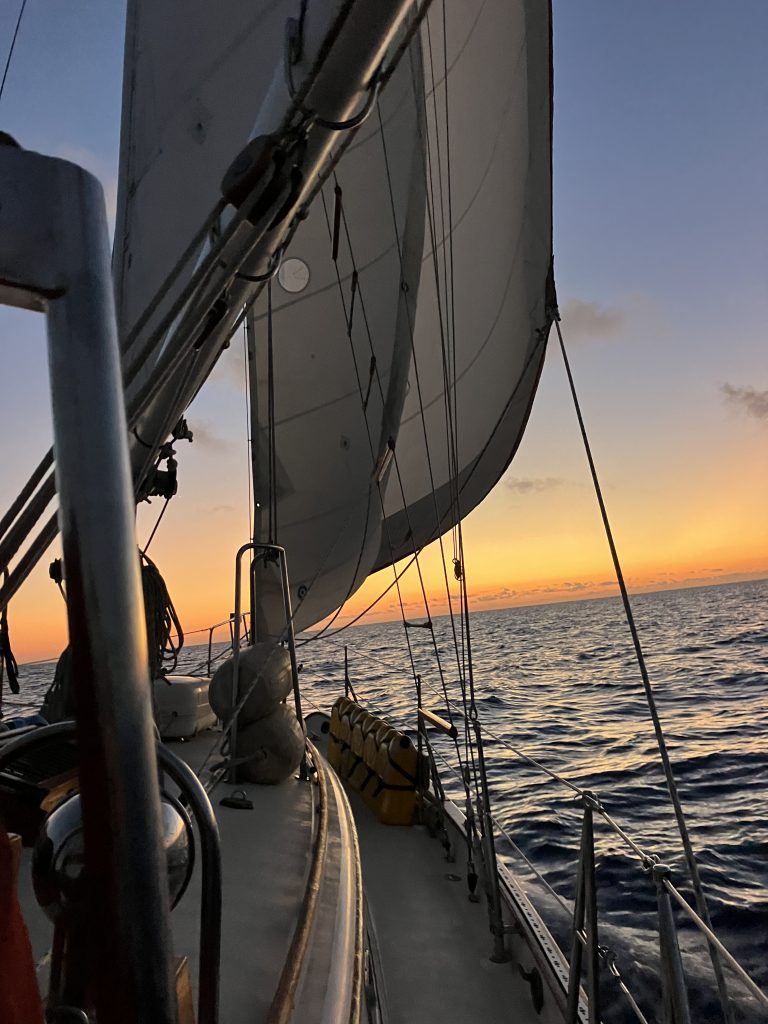
We both agreed that the sail from Malta to Tunisia was one of our favorites of the season. We had a lovely beam reach from the south, followed by a beam reach from the north. Very little swell, it was champagne sailing the entire way.

The only distressing part of the trip was the regular radio calls to Lampedusa regarding migrant boats. Lampedusa is a small island belonging to Italy that is the most likely landing spot for migrants fleeing the middle east and Africa via Libya and Tunisia. With good southern winds, traffickers bring the migrants out in large dinghies/boats, remove the engine, and cast them afloat, with the idea that they will float toward the island where they will be rescued and either given asylum or flee on their own accord. We saw one such boat and reported it to the Lampedusa authorities, after getting close enough to confirm that it was empty. We have a sturdy boat that had protected us in all conditions. I cannot fathom the level of desperation that these migrants must feel to have to risk their lives in these types of boats that go out in sometimes awful conditions.
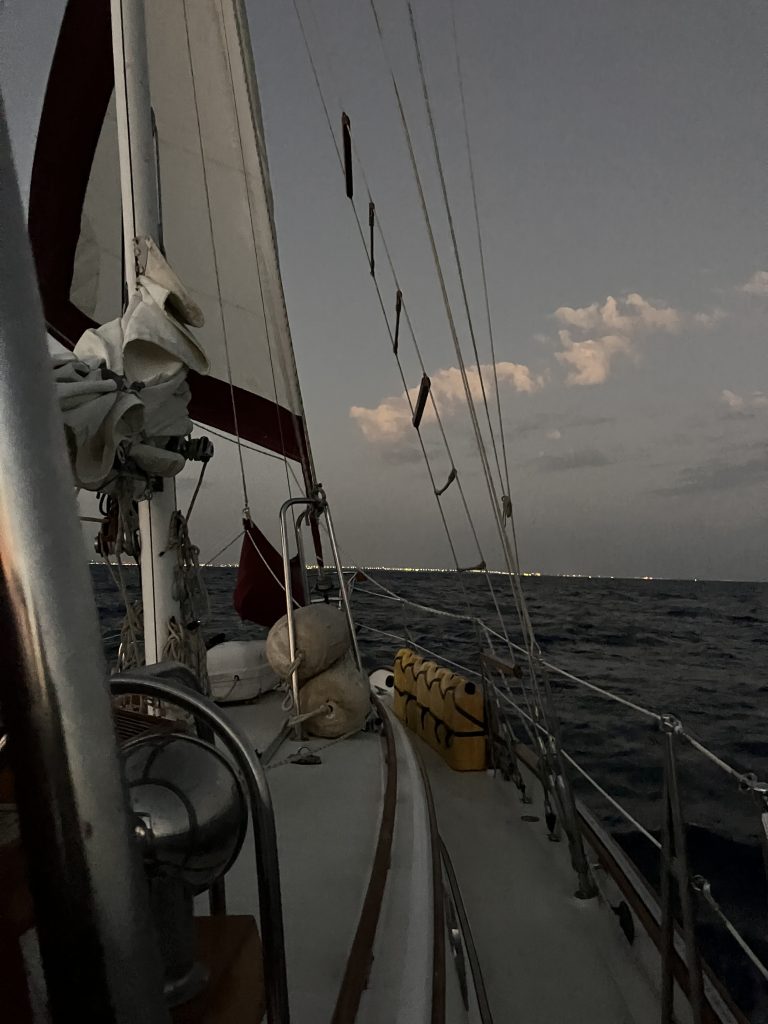
Our other bit of concern was a near miss with an Italian ferry around midnight. We were sailing through a cluster of fishing boats which move erratically (but usually slowly enough to avoid). I had noticed another vessel, which turned out to be a ferry. Unfortunately I lost track of the light combinations in the dark, and suddenly realized that the ferry was heading straight for us. Thanks to AIS I could hail the ferry by name on the radio. Though they responded right away, it took what felt like hours (was only a minute most likely) to confirm that they saw us. The skipper very kindly adjusted course so that we would not have to (difficult when under sail, it’s not like we can speed up), and wished us a good evening.
Though the wind was blowing only 10 knots, we triple reefed the main and only had a slip of a jib out to slow us down dramatically. We don’t like entering new ports at night, much less new countries. Additionally, Tunisia has many massive fishing nets that are not lit at night that we didn’t want to tangle with. We ghosted along and made it into port just after daybreak. Welcome to Tunisia!


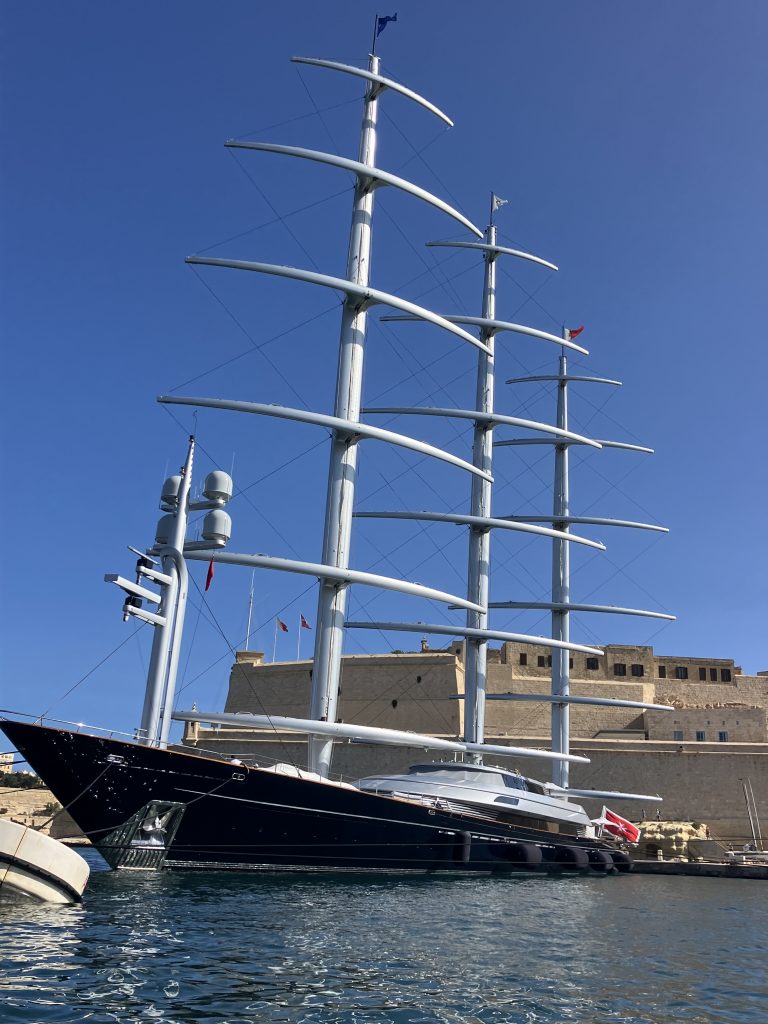
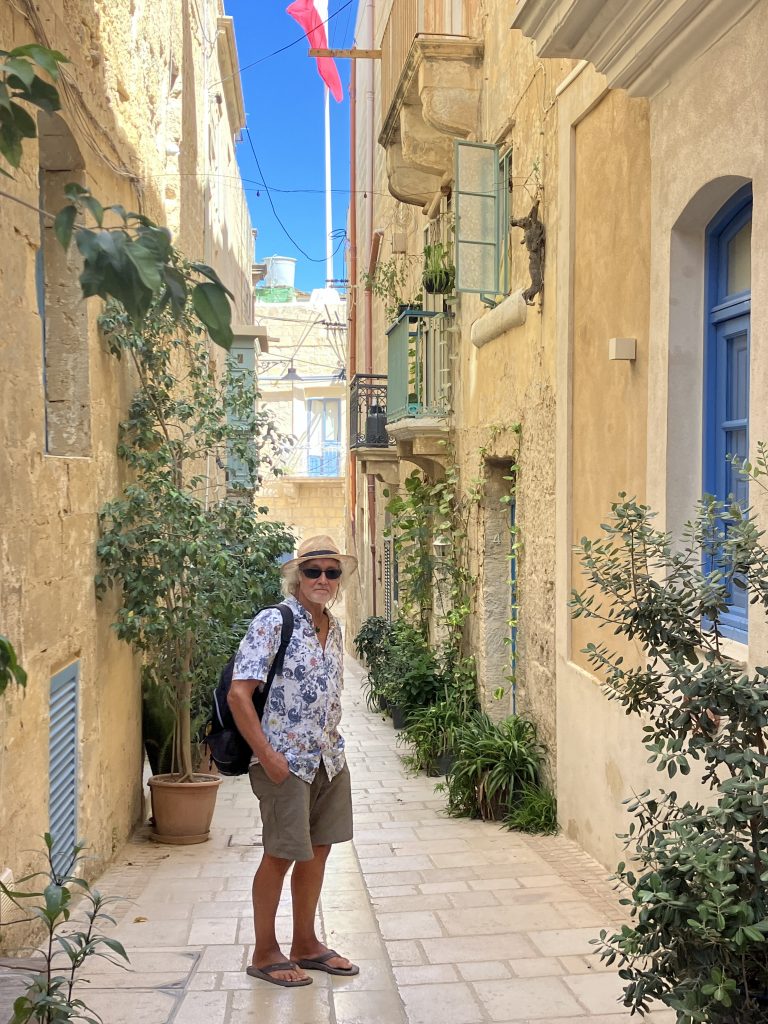
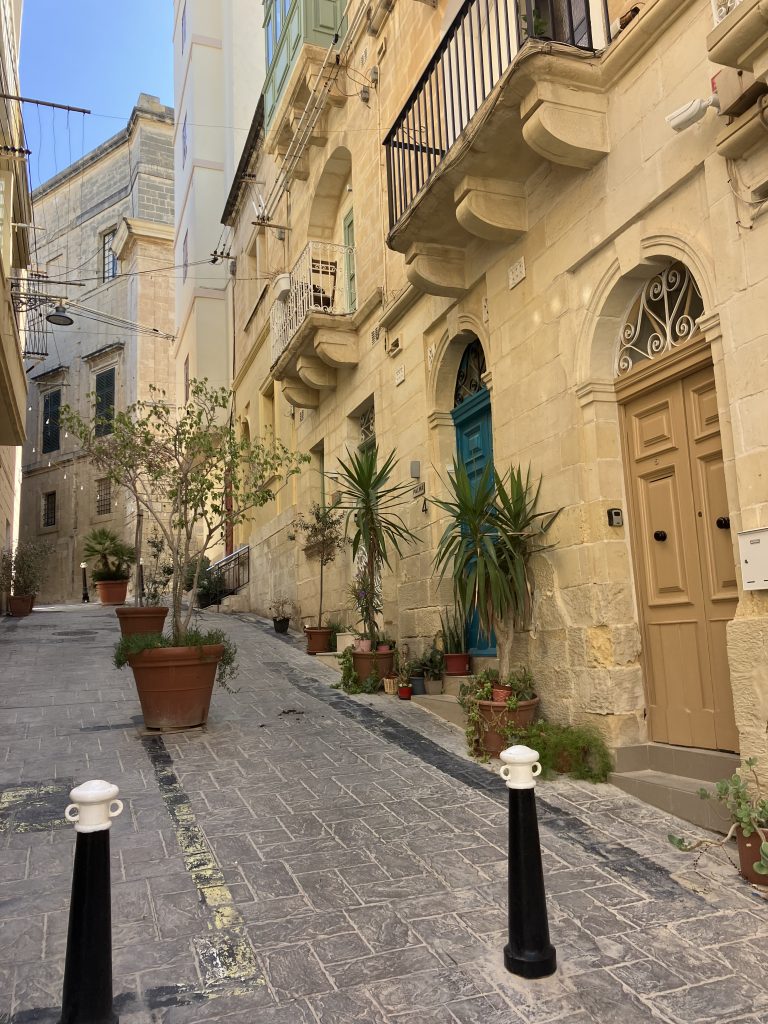

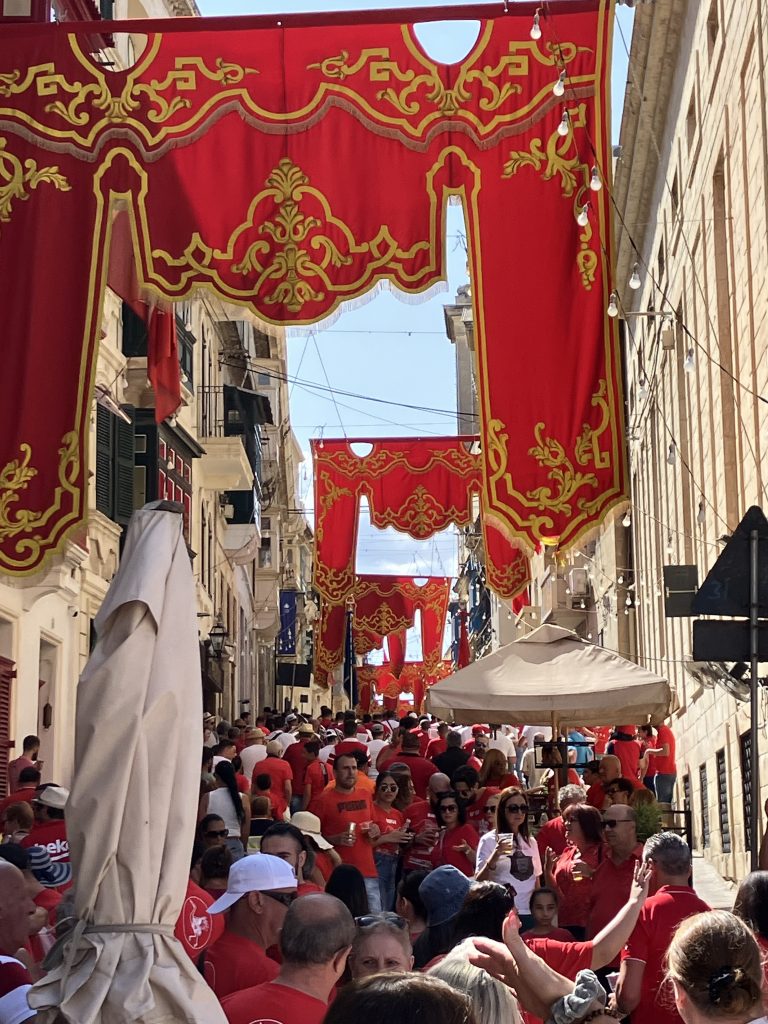

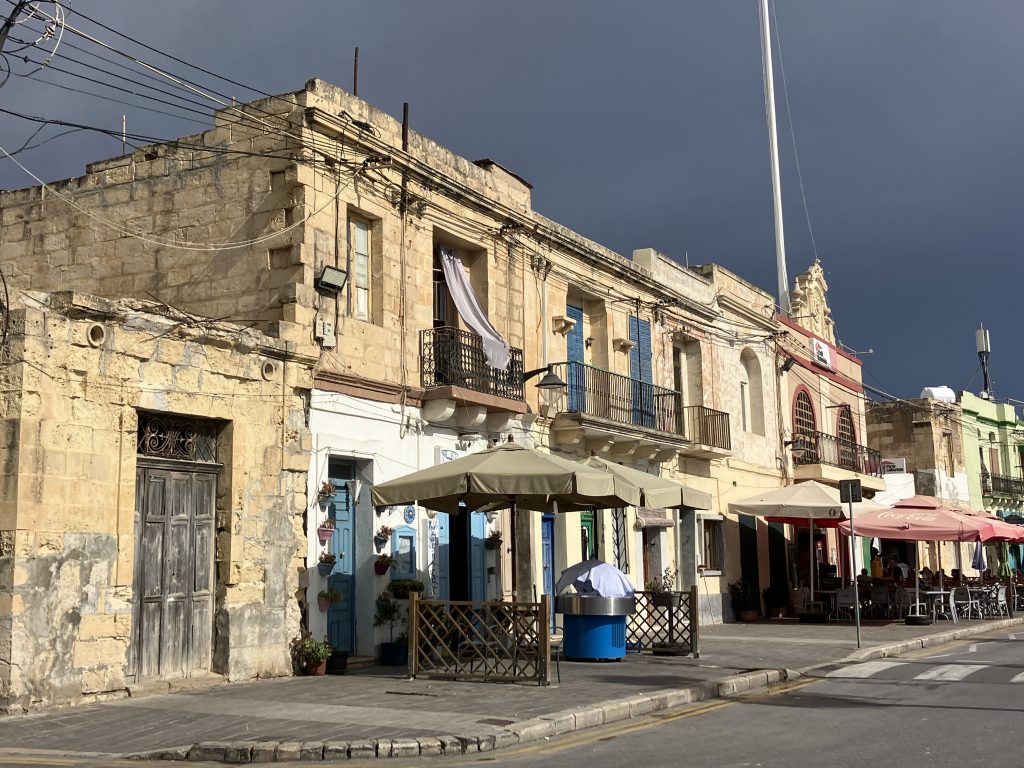
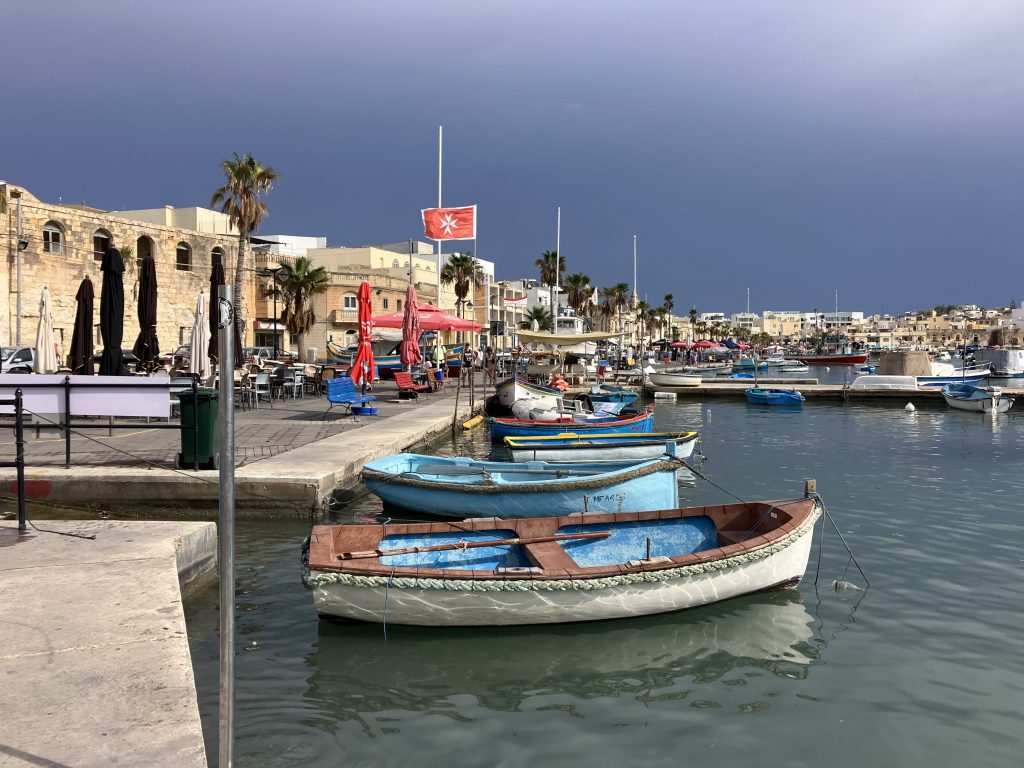
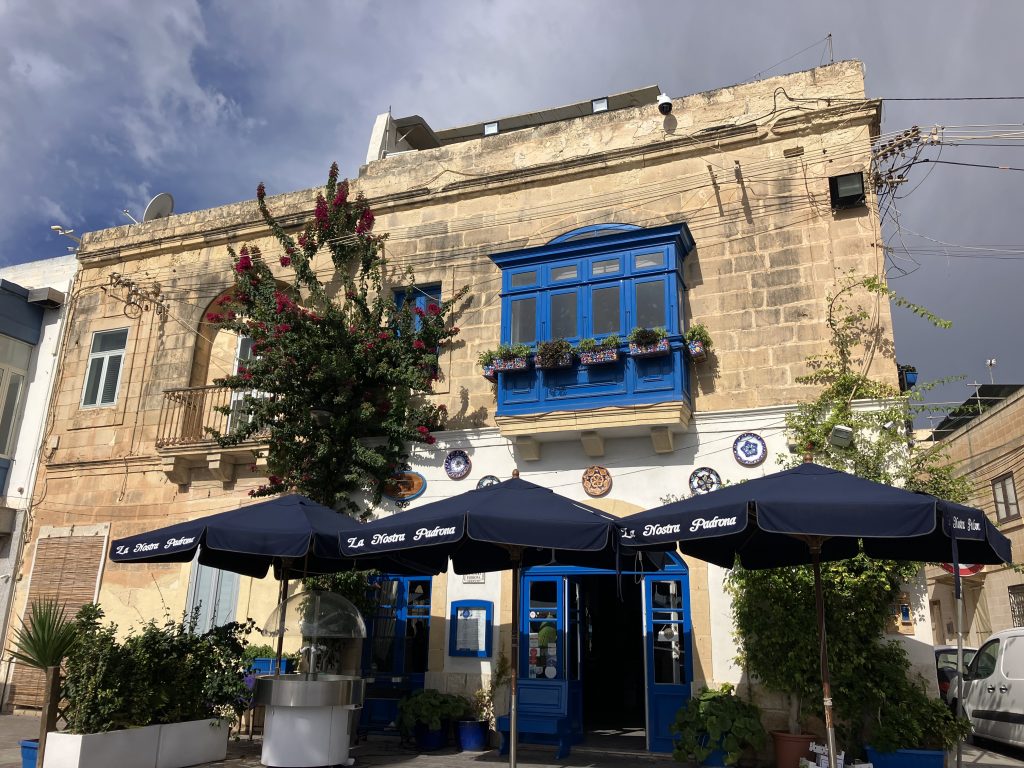
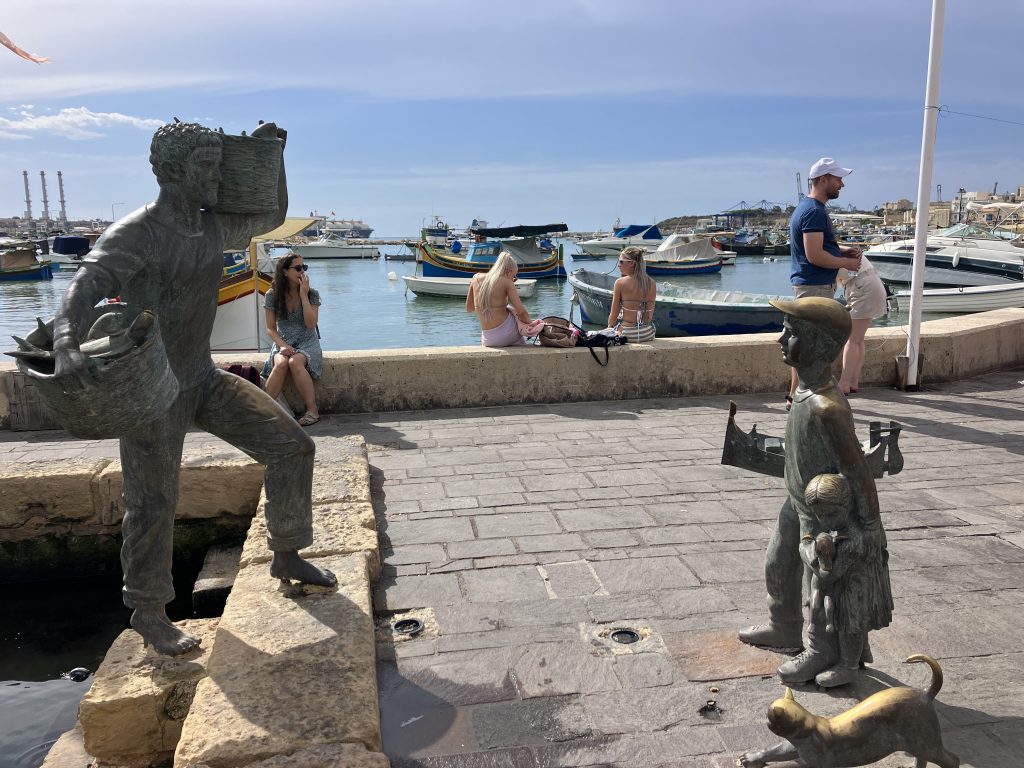
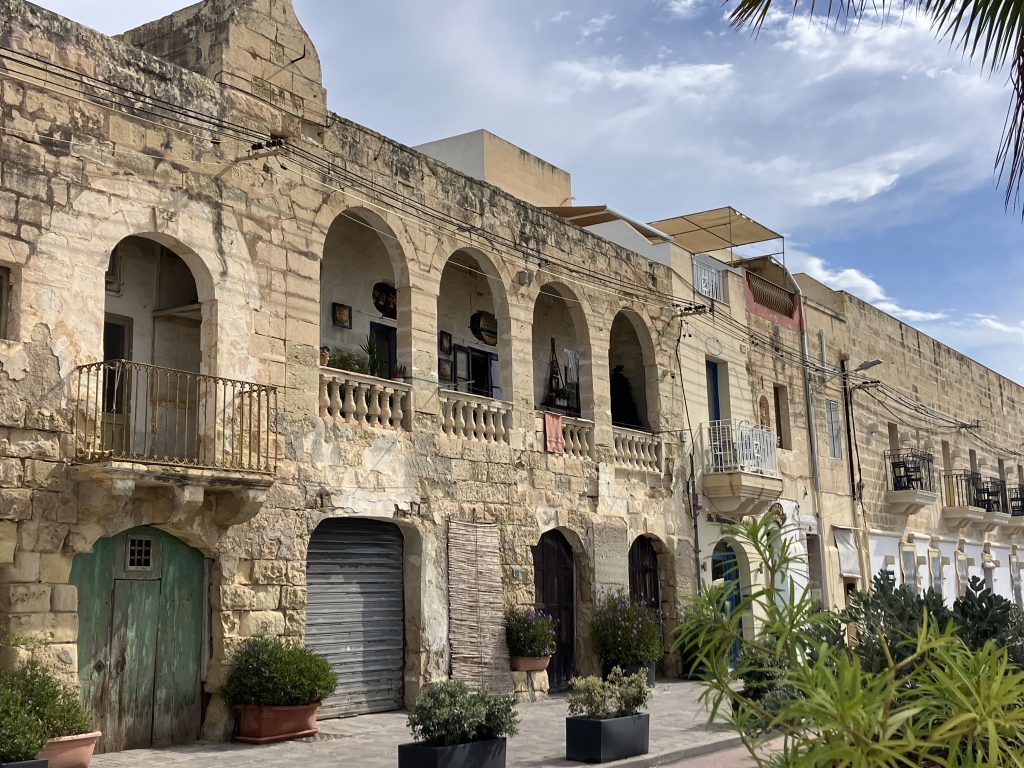
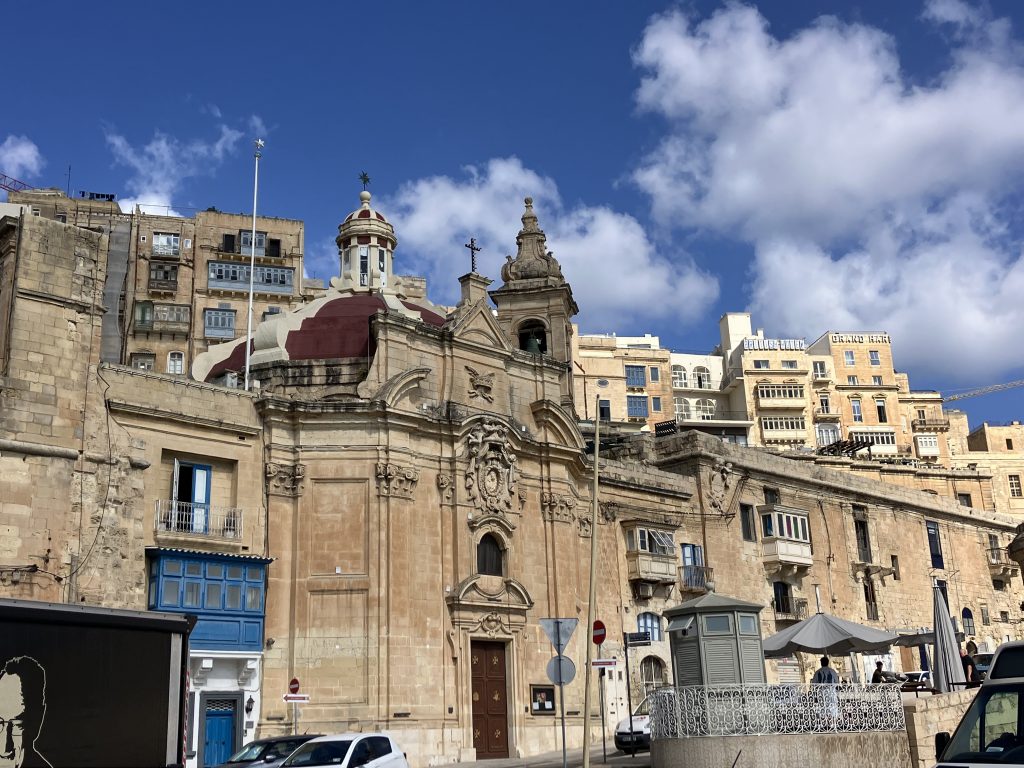
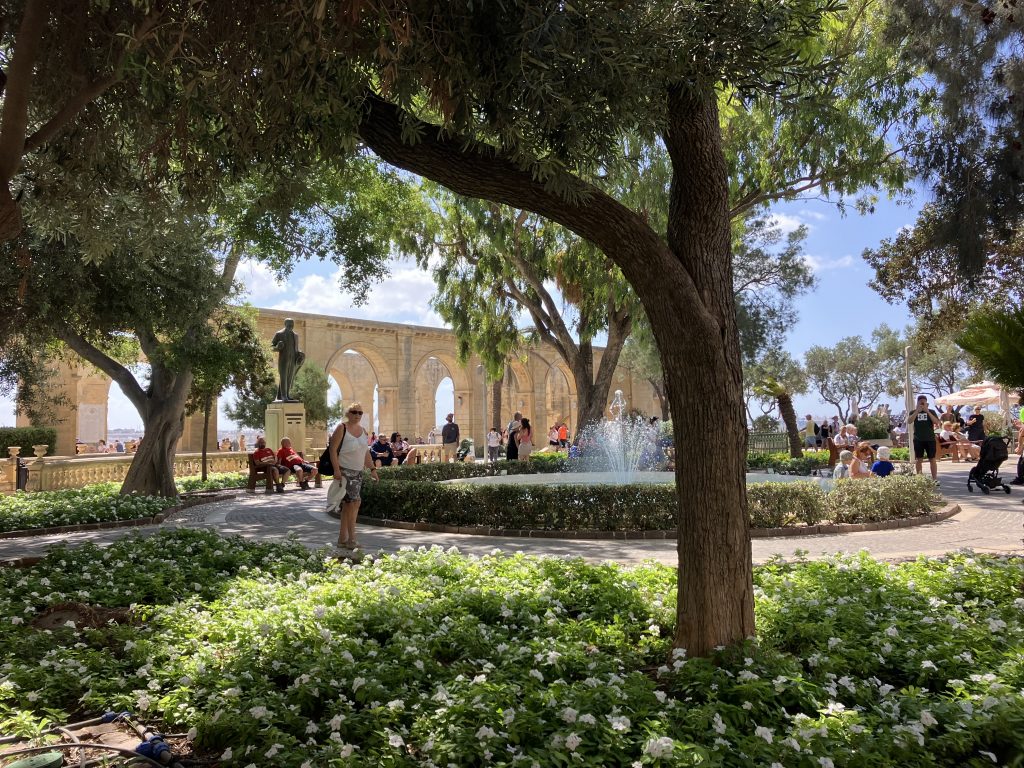
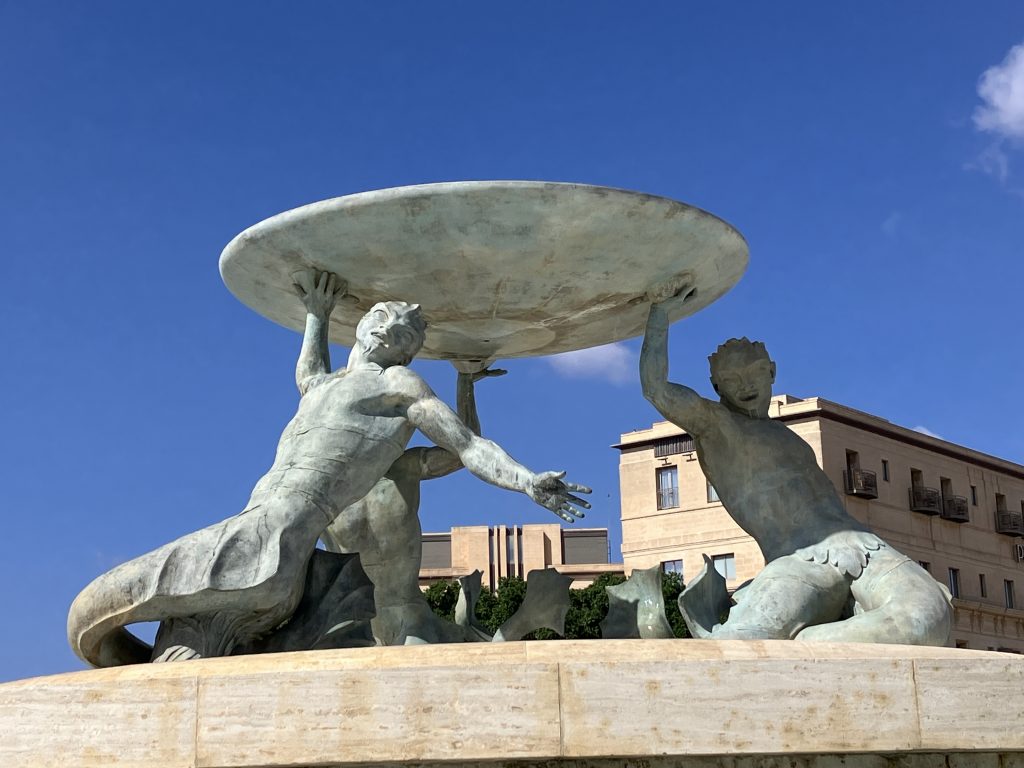
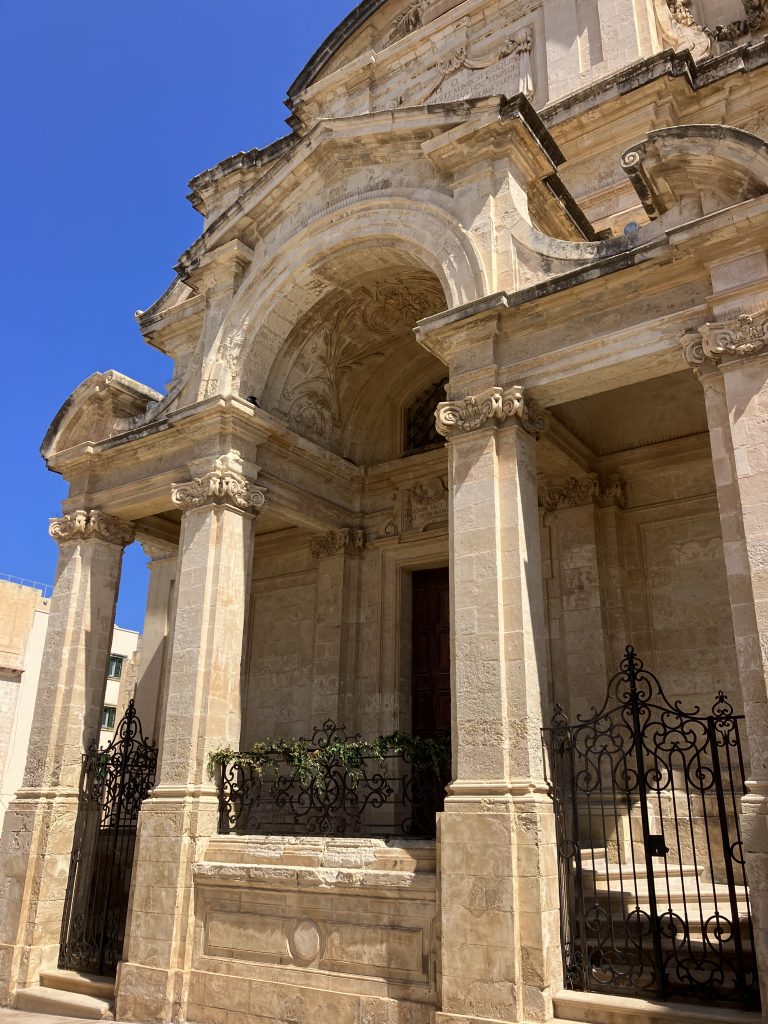
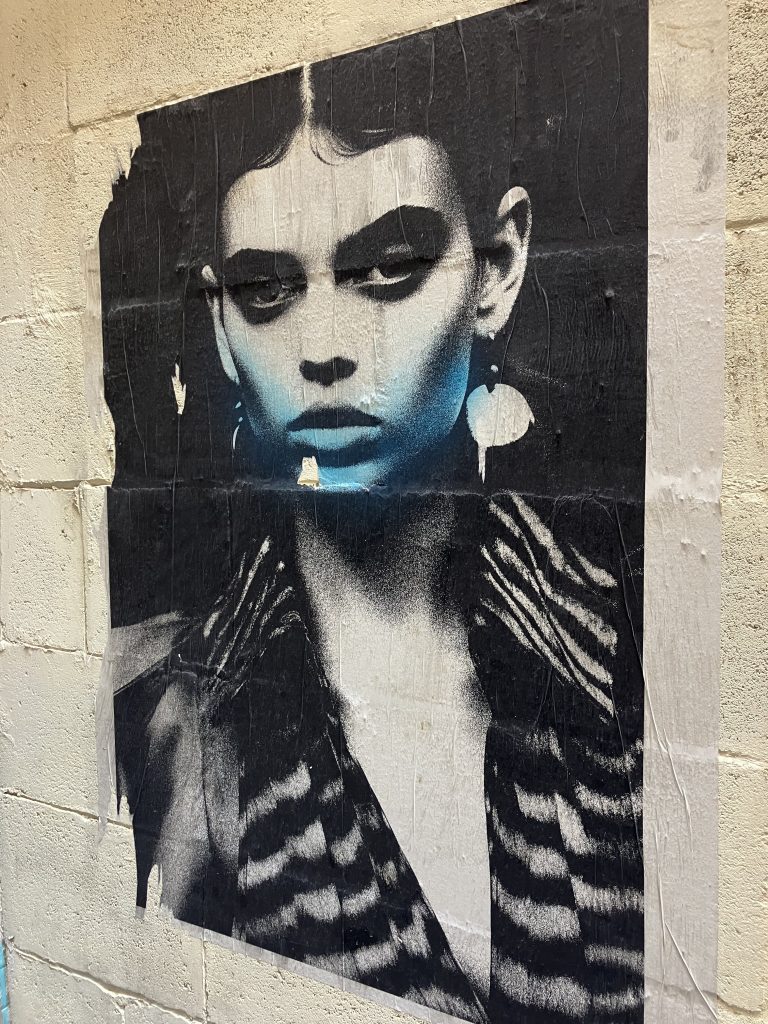
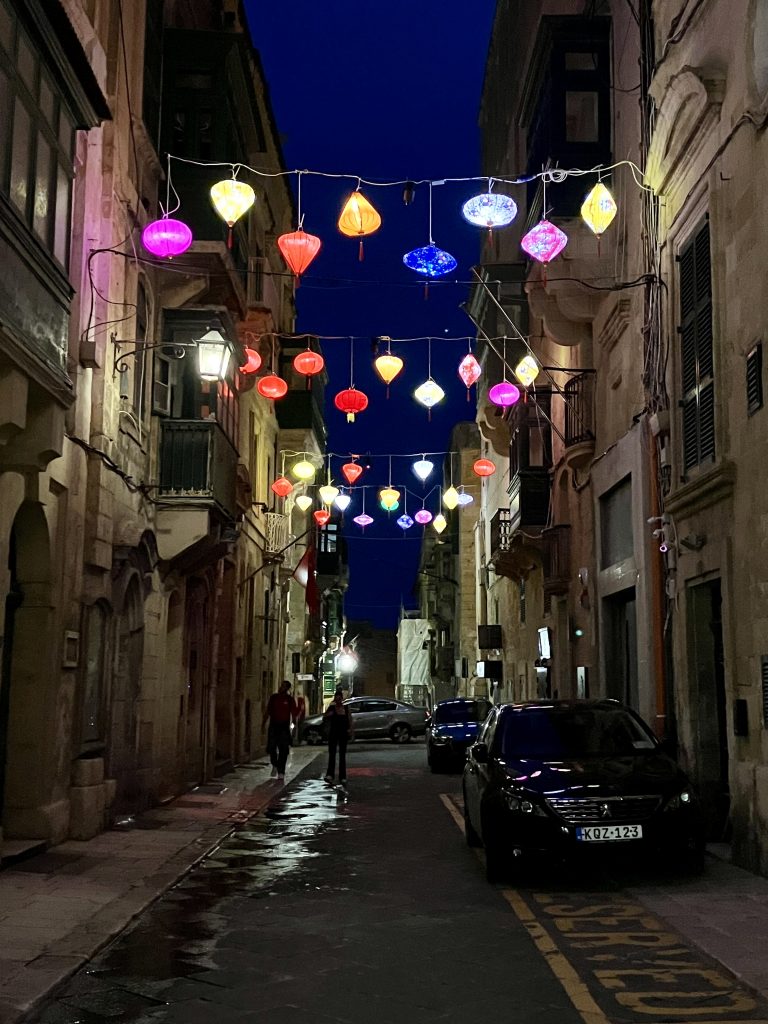
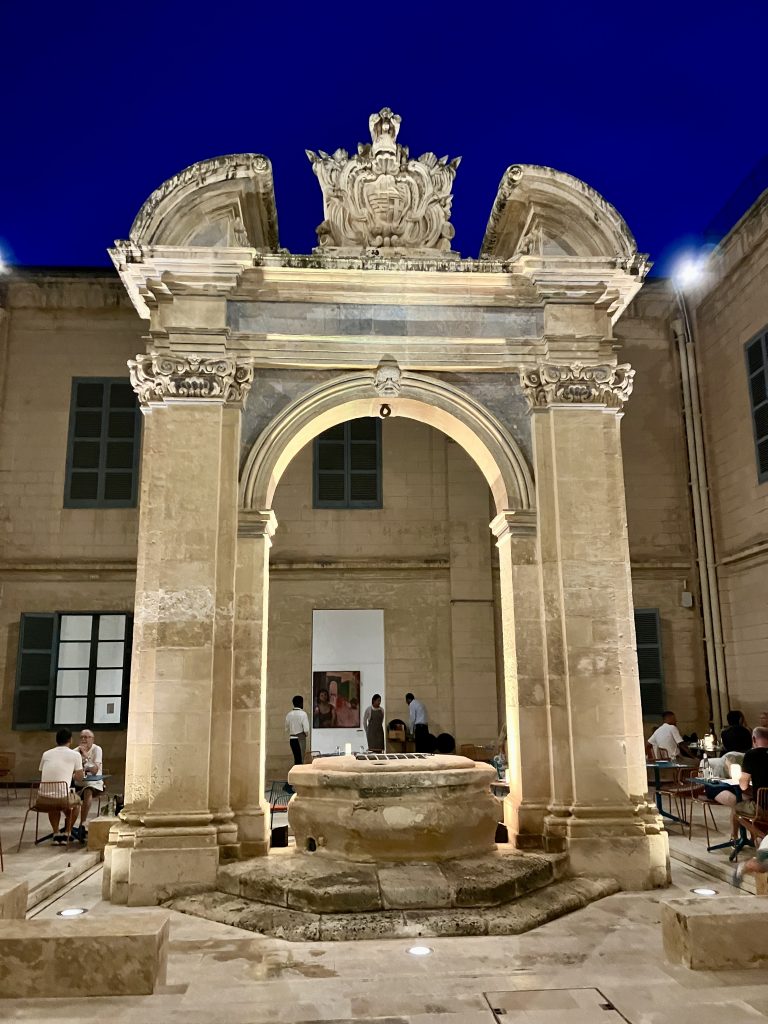
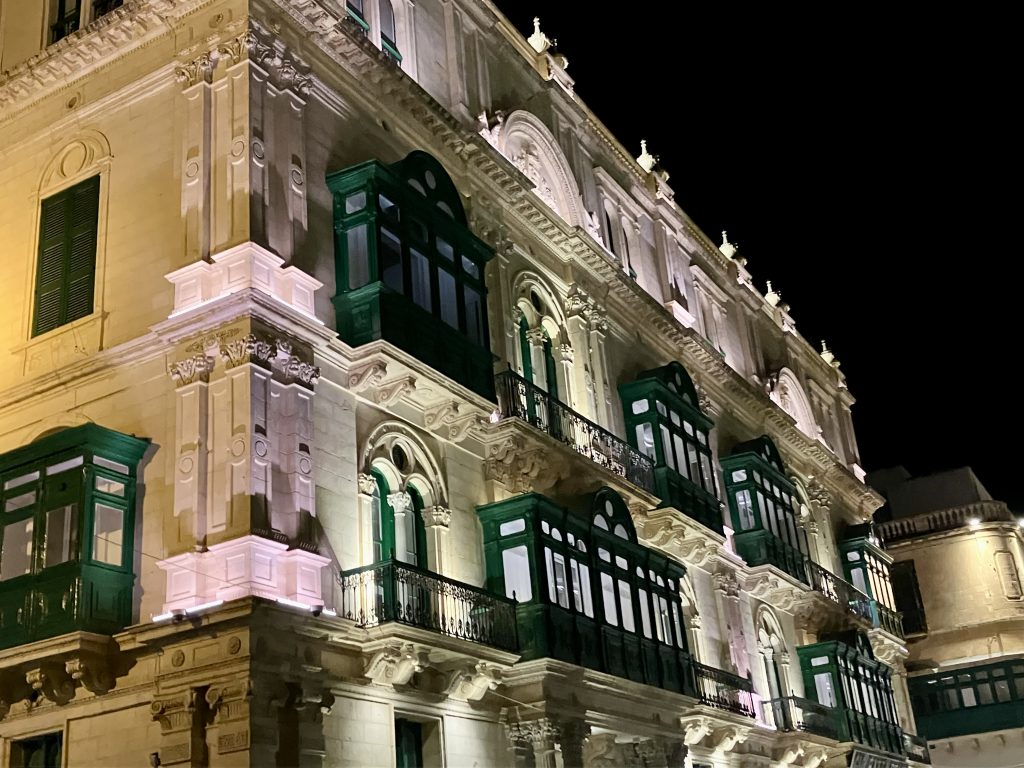

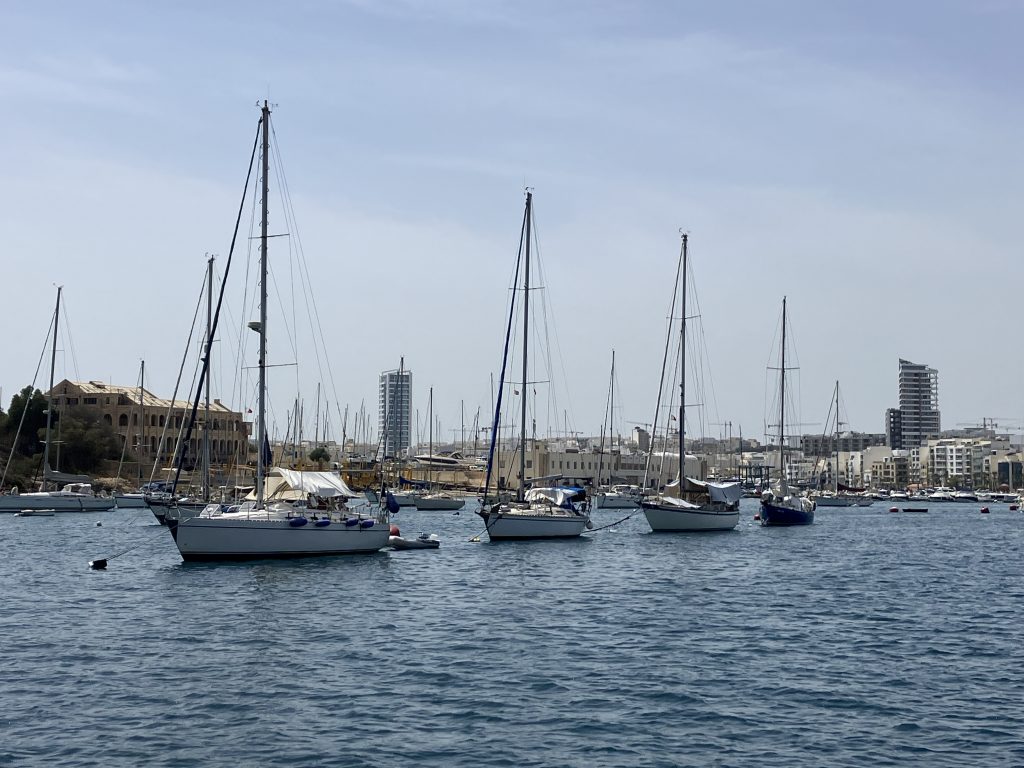
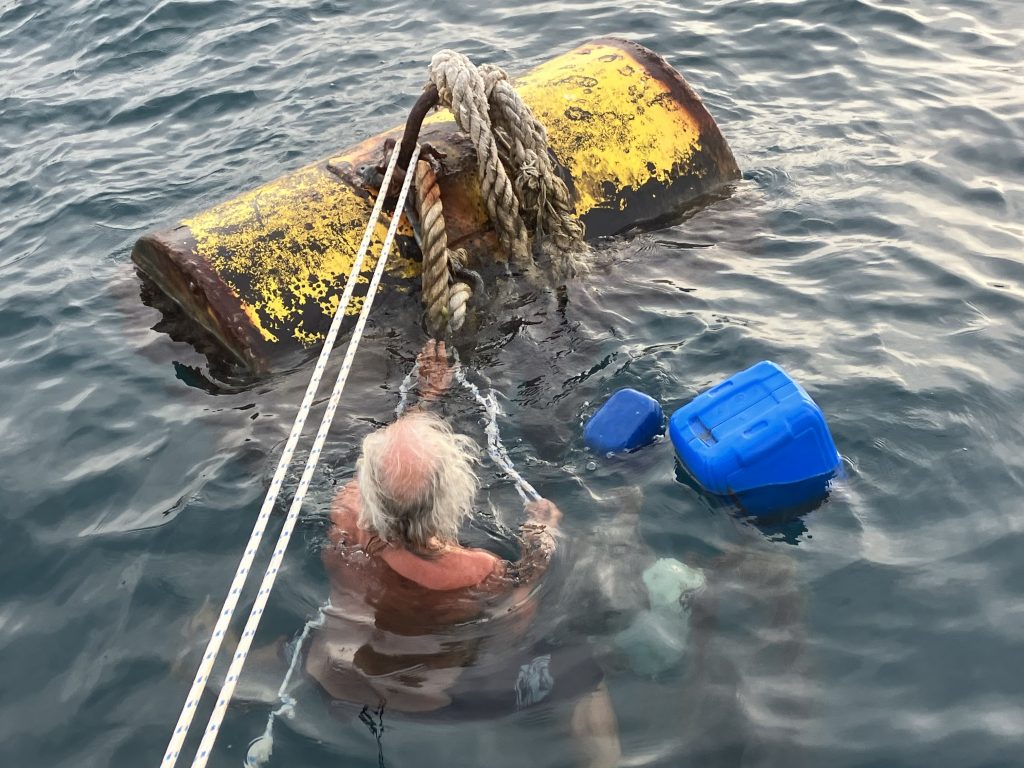
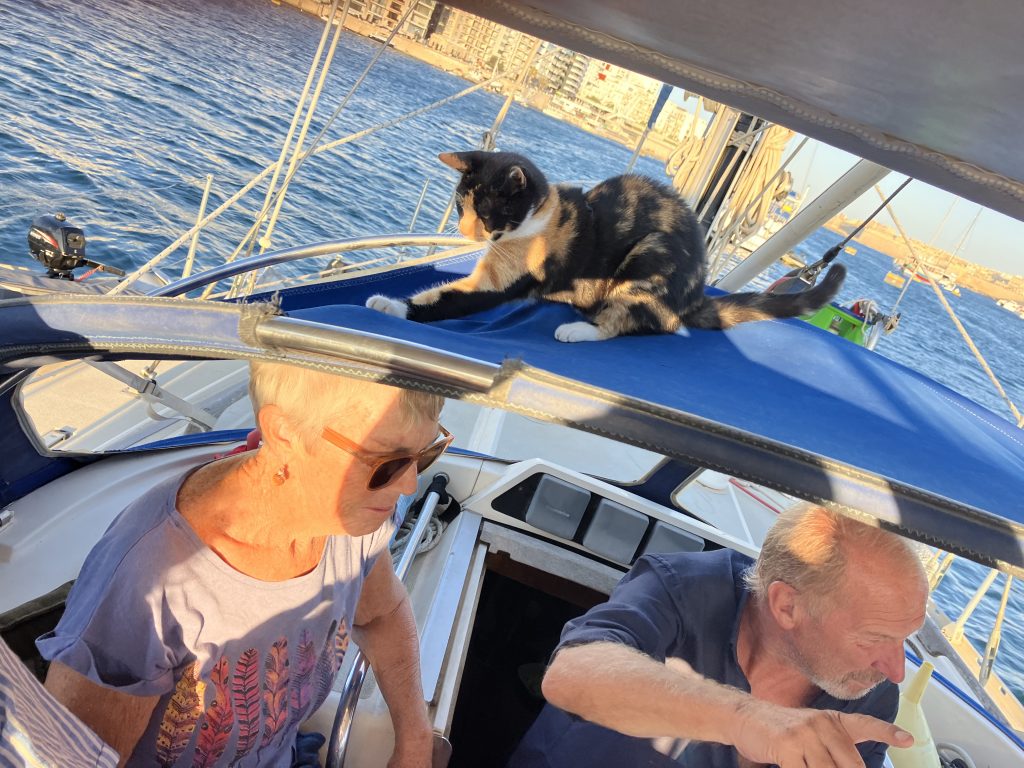
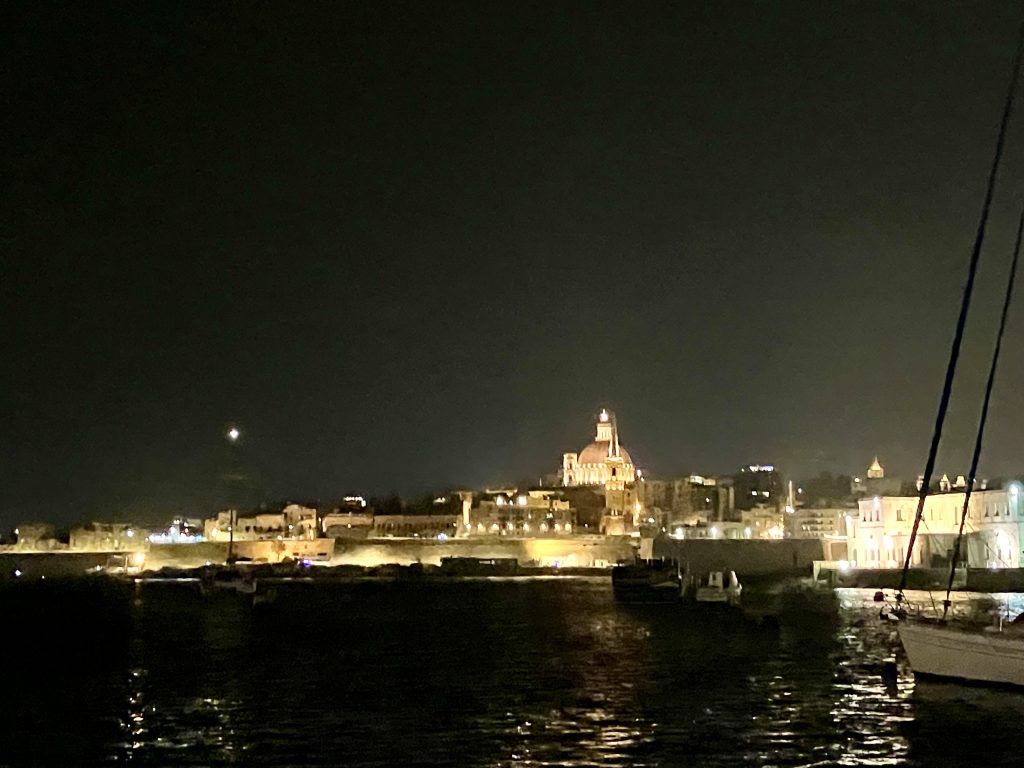

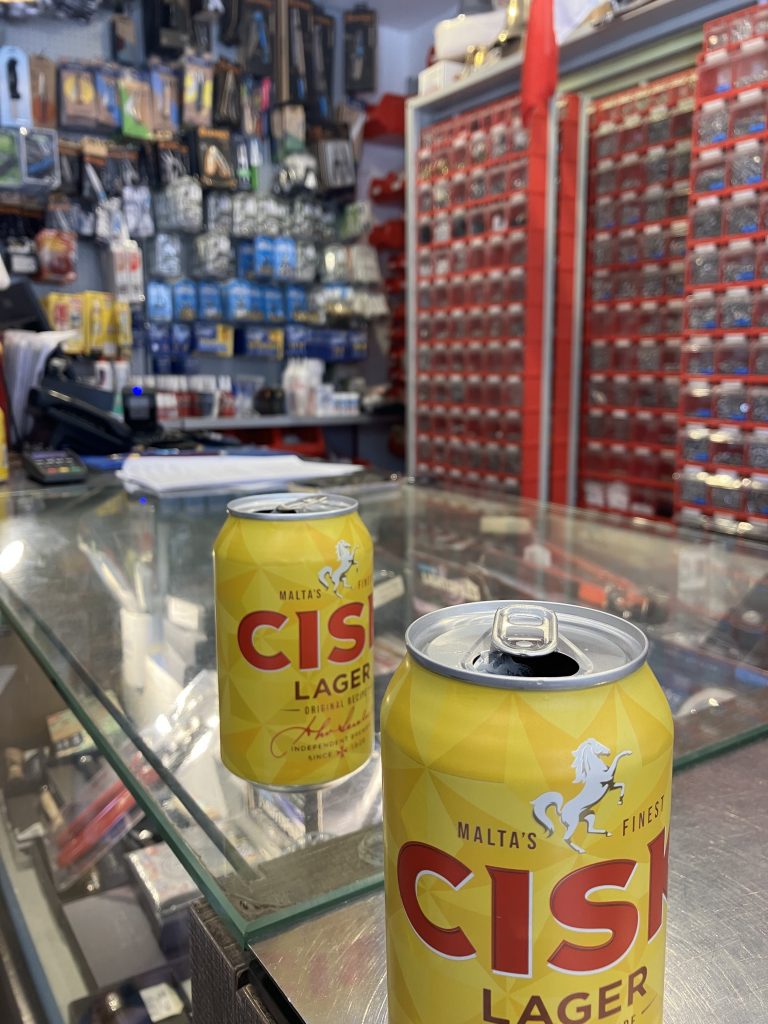
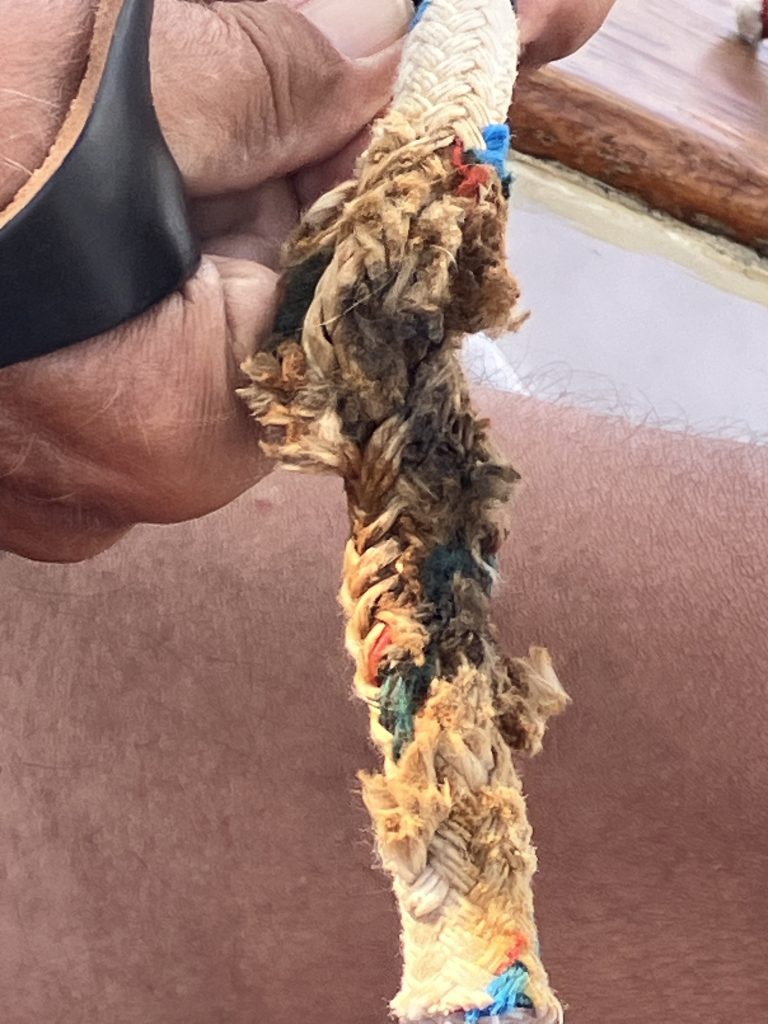
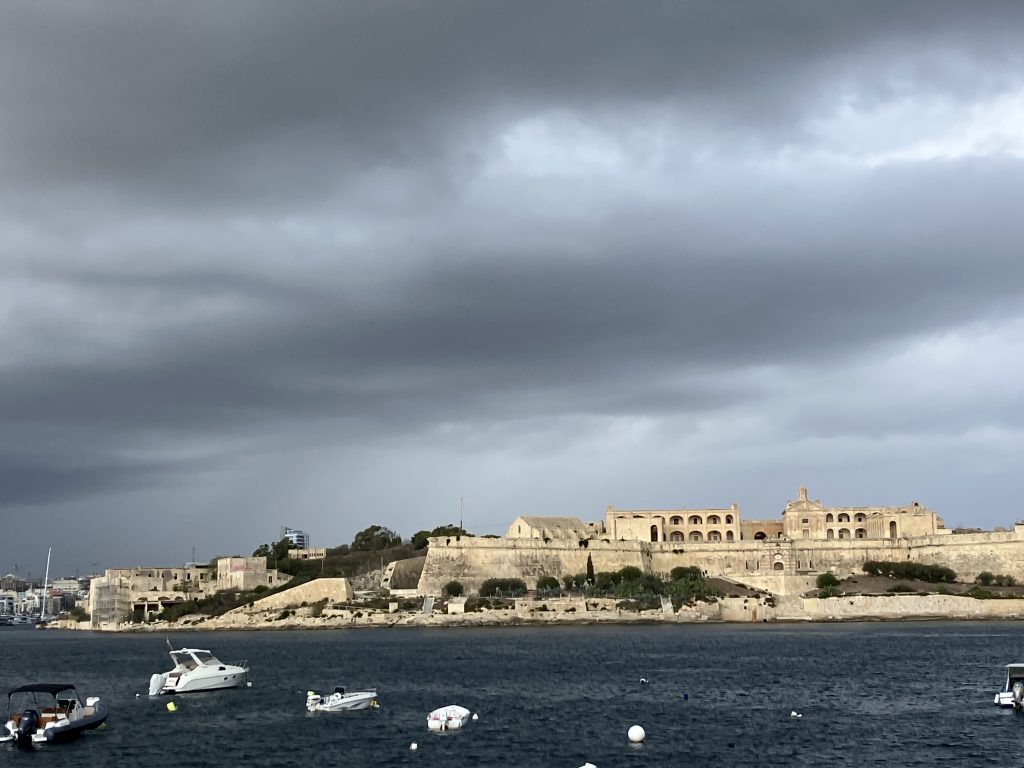

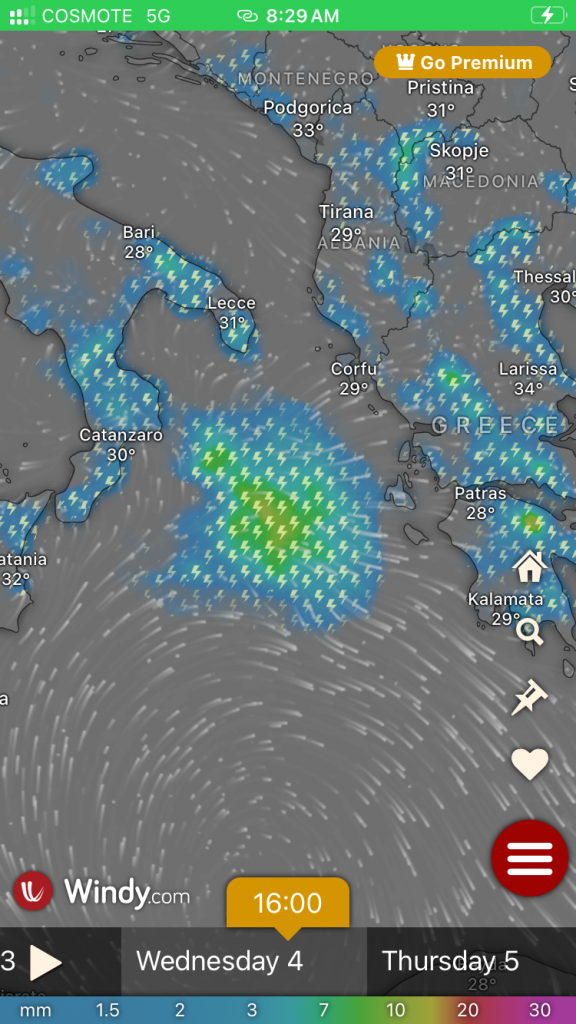
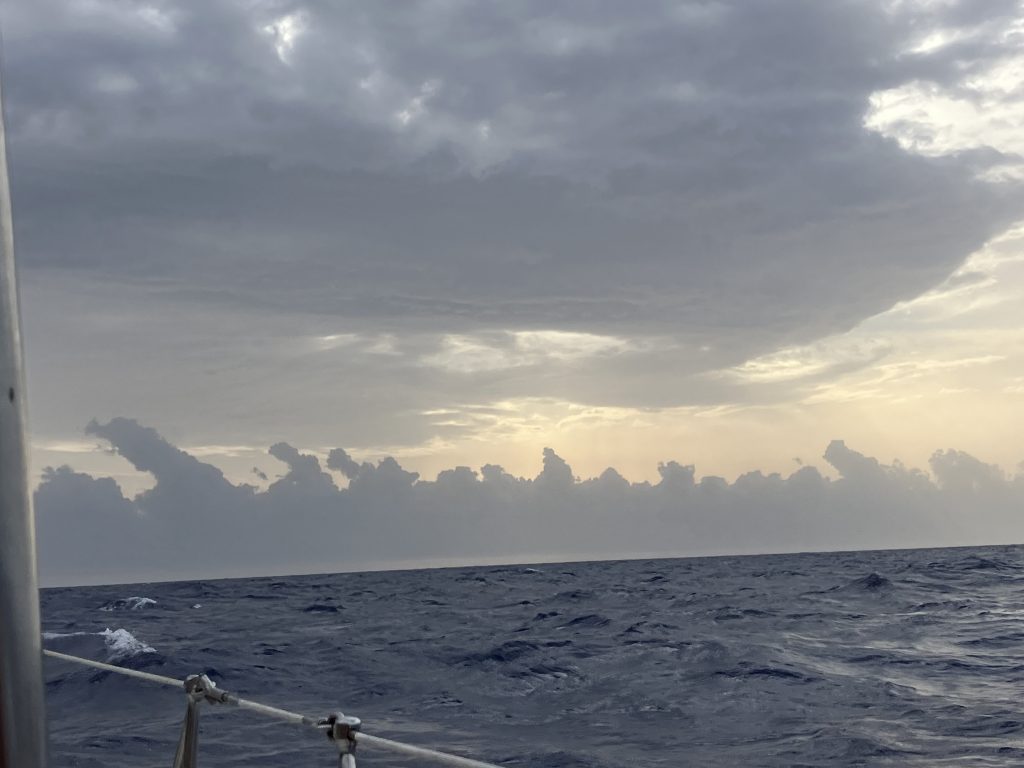
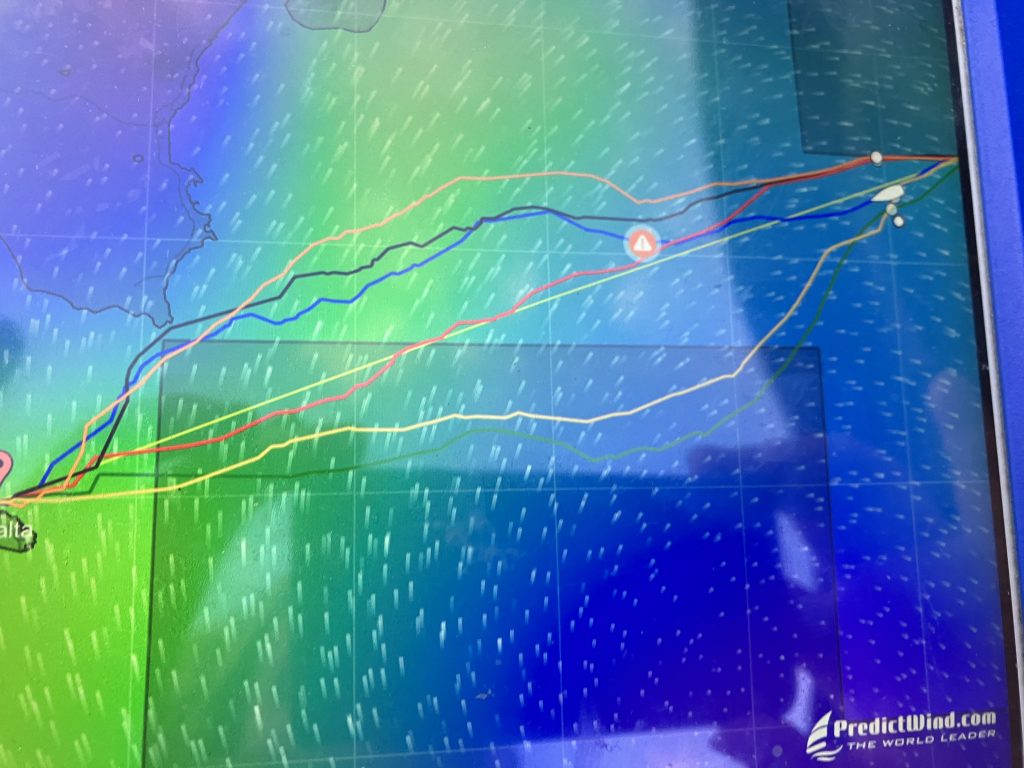
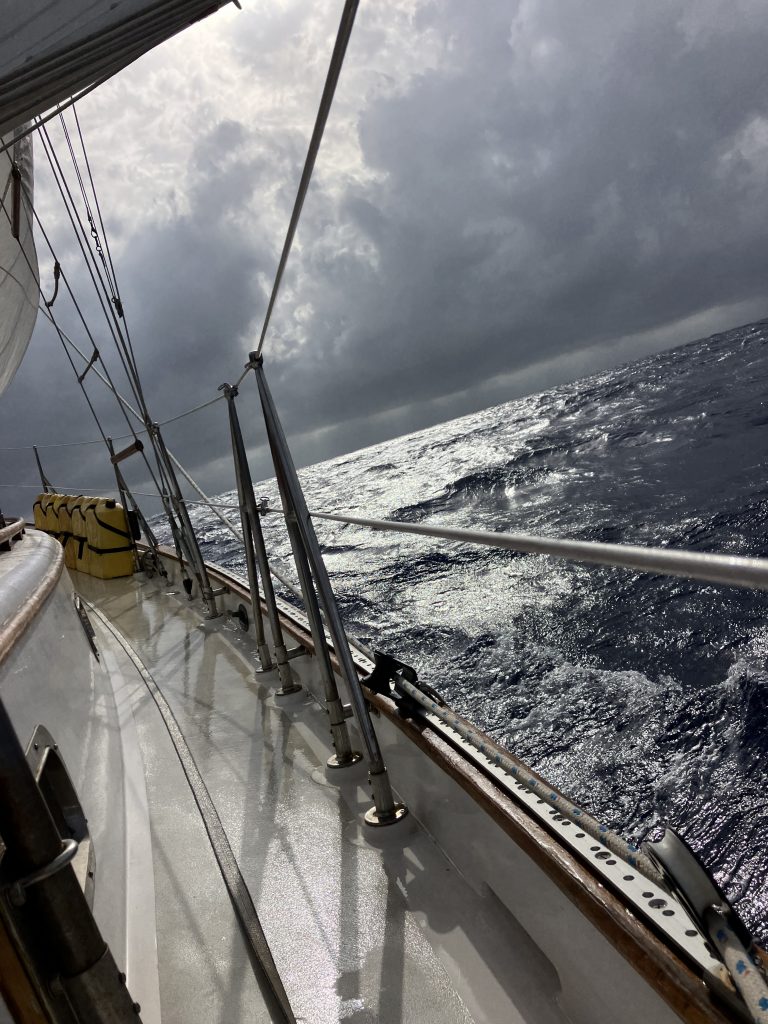

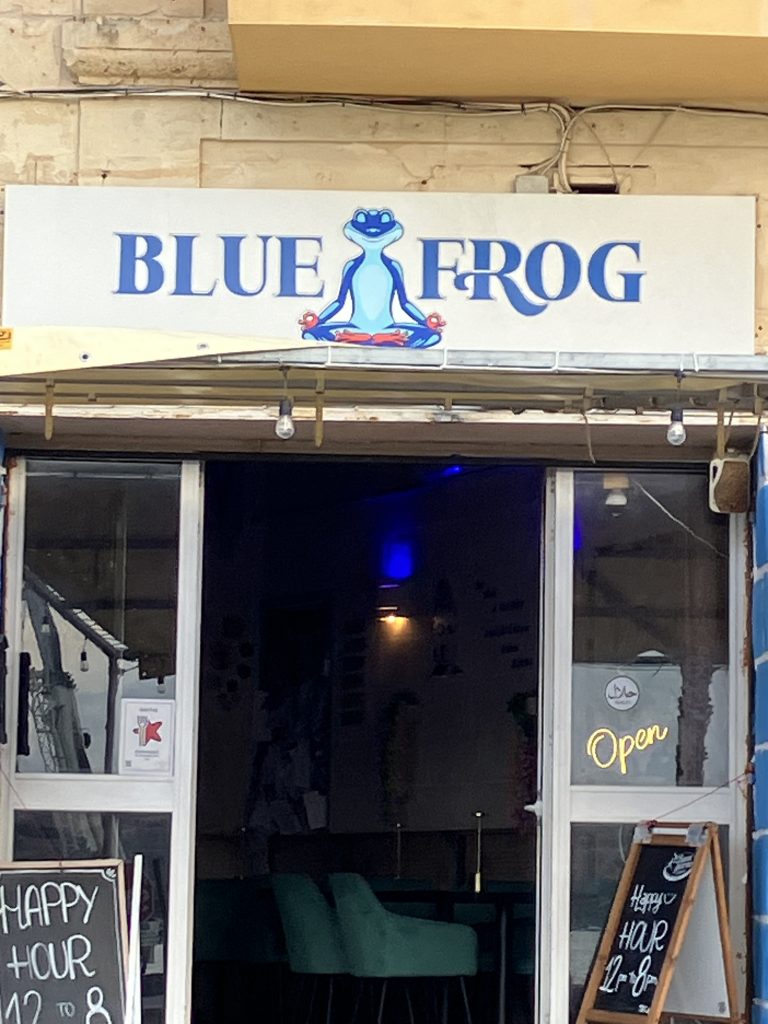
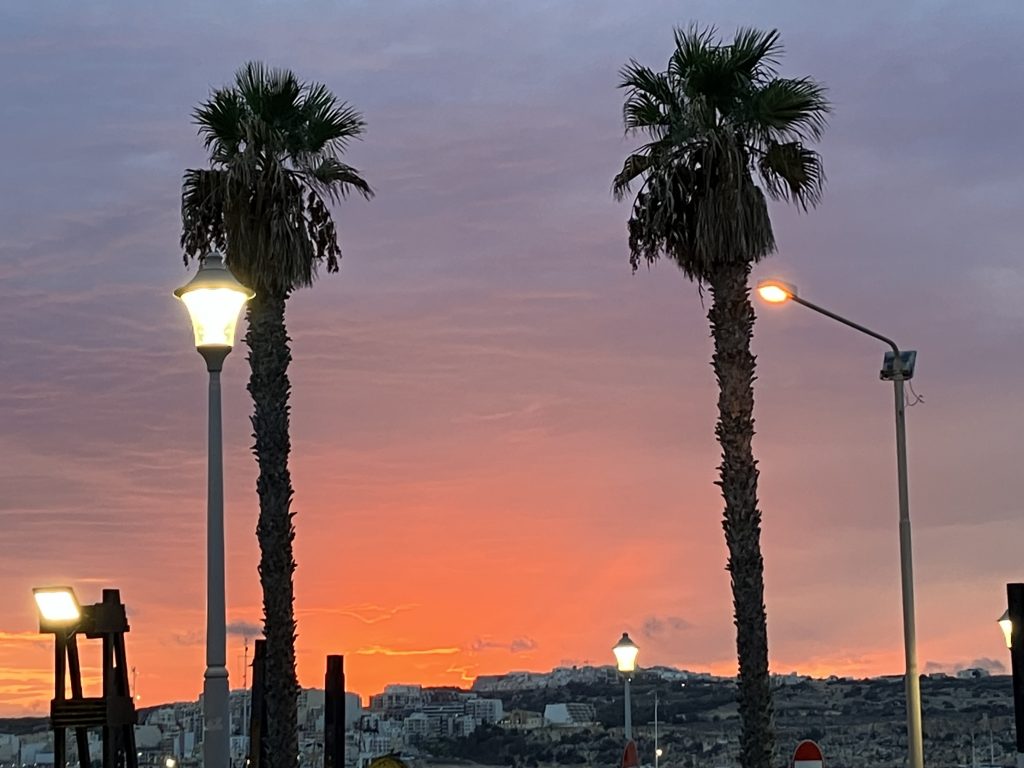
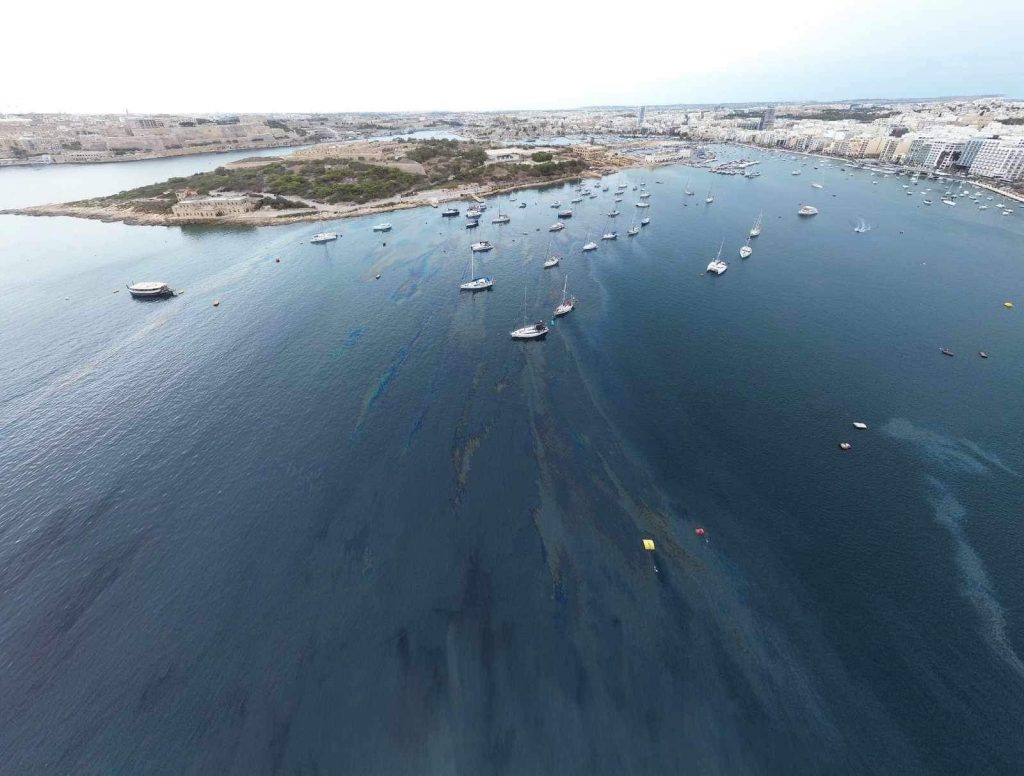

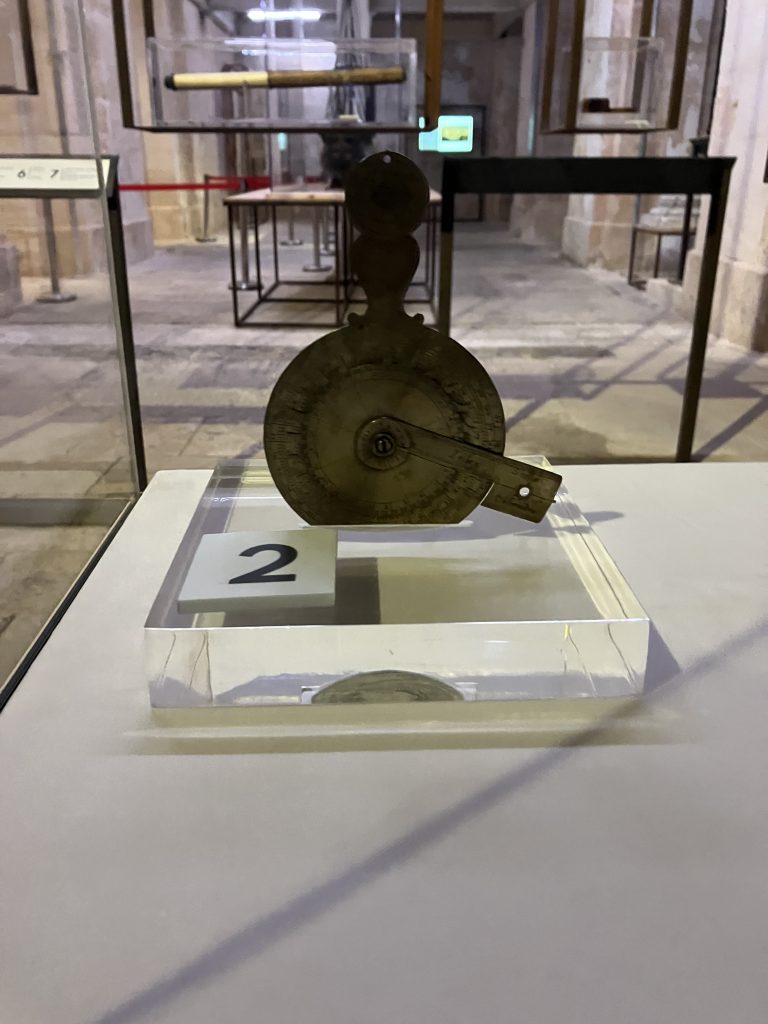
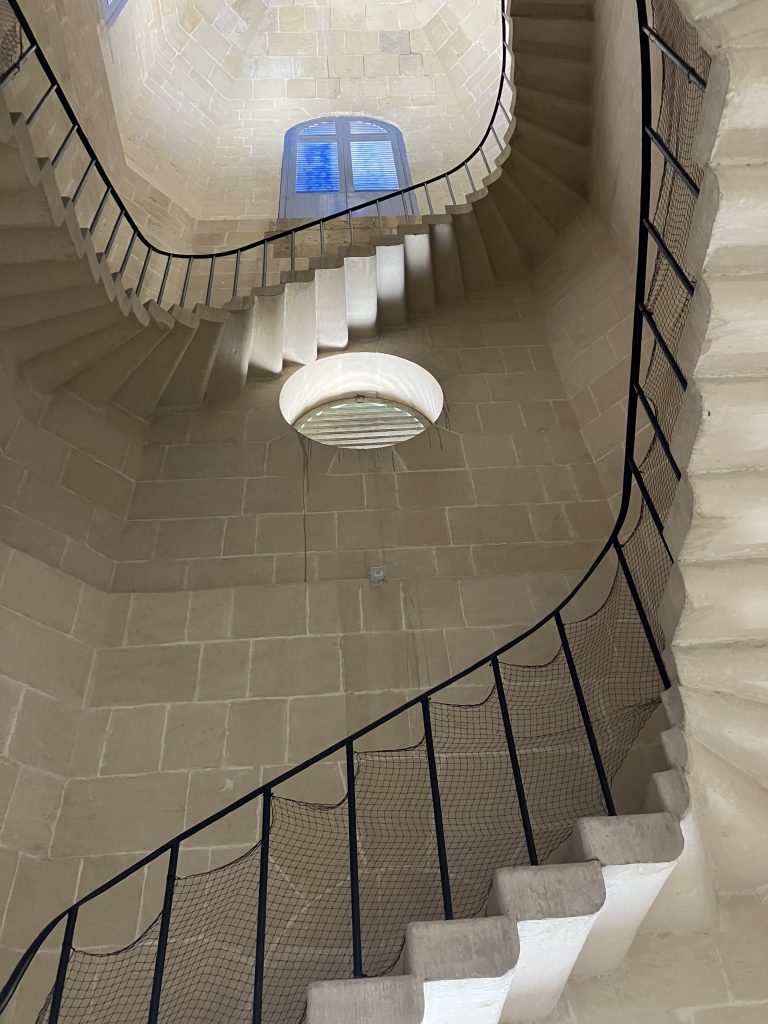
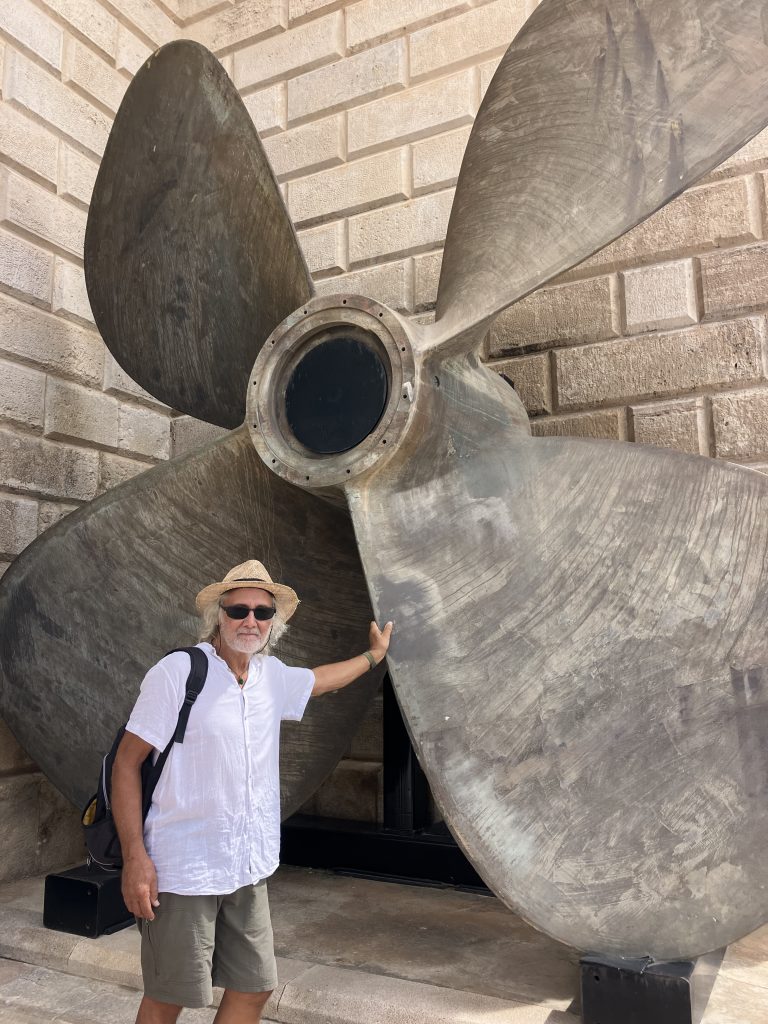


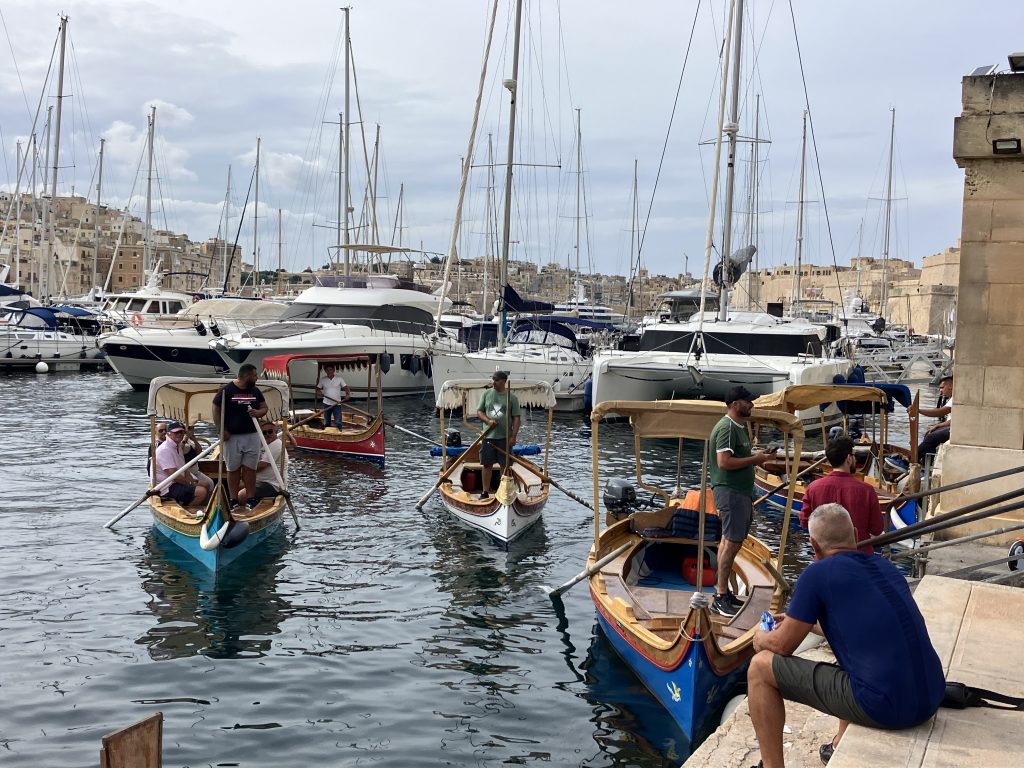
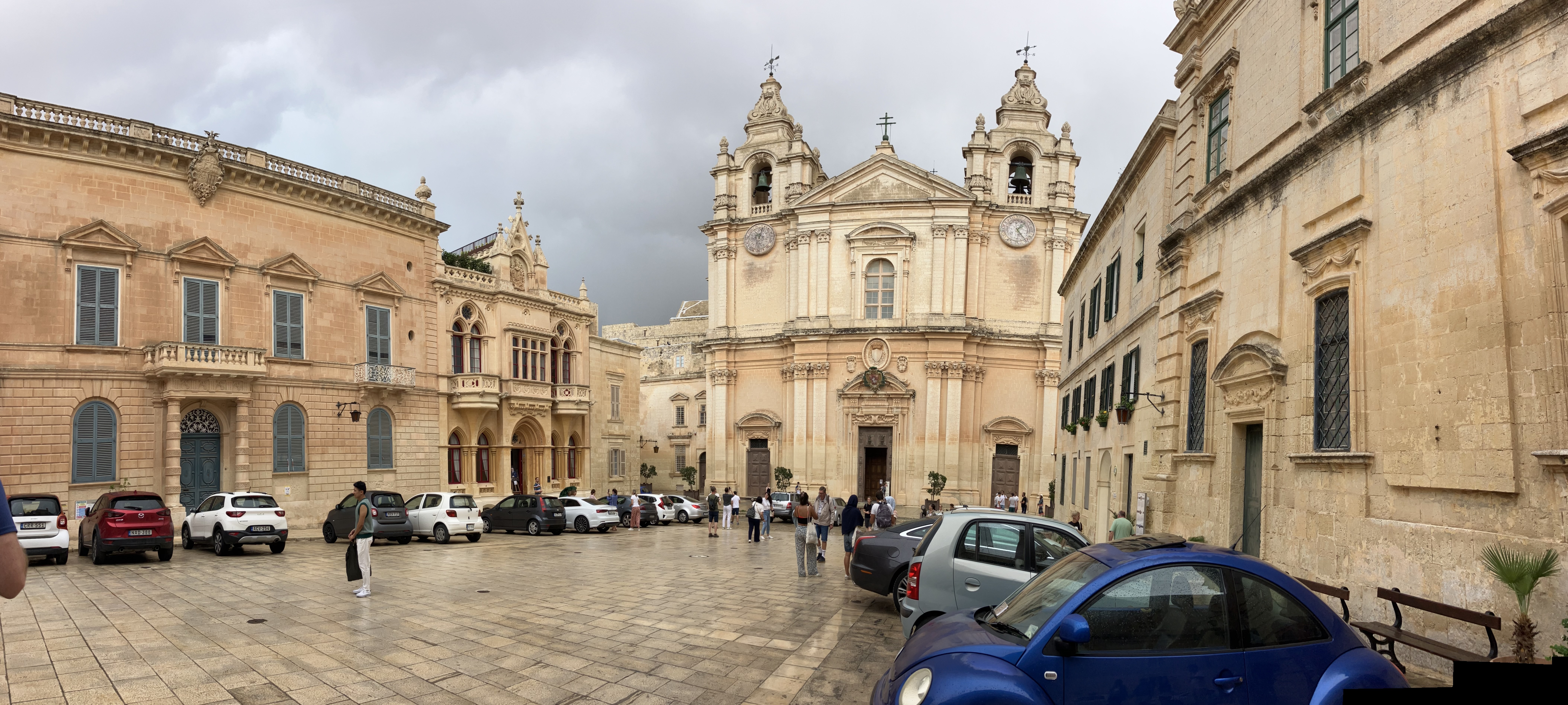
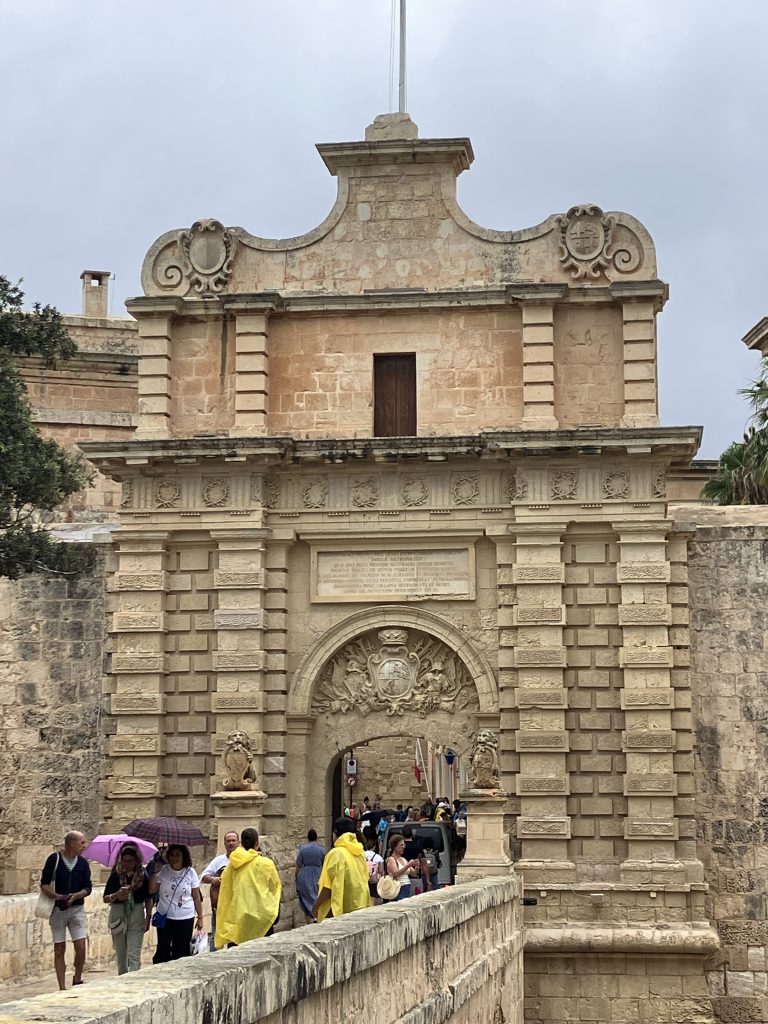

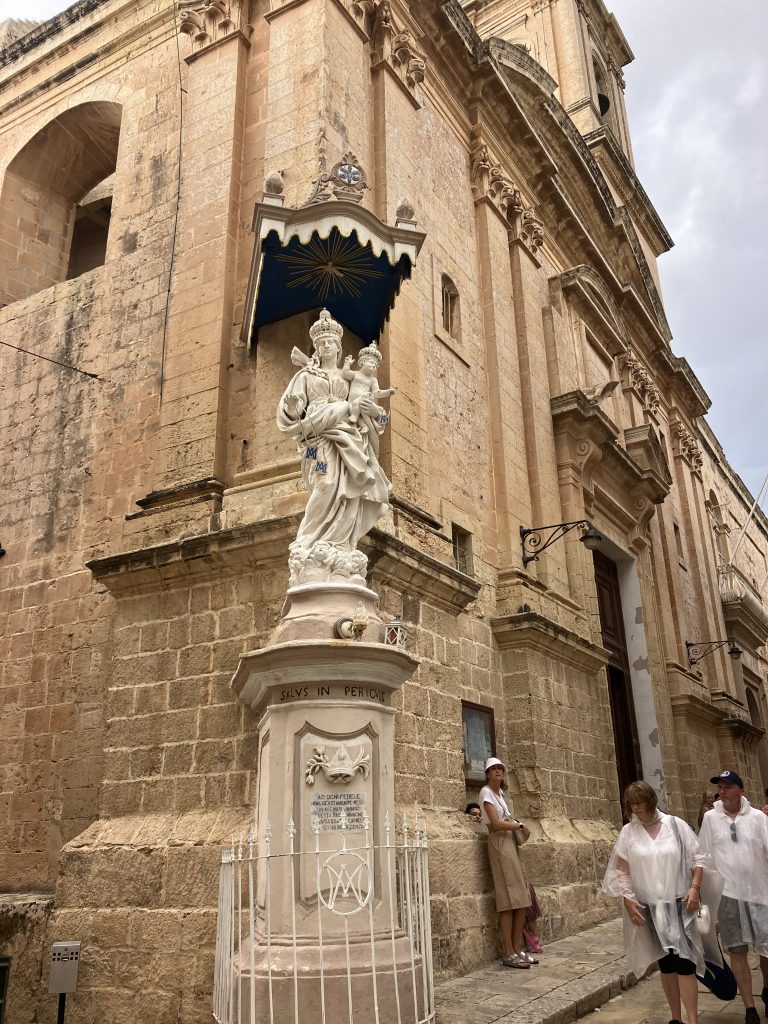
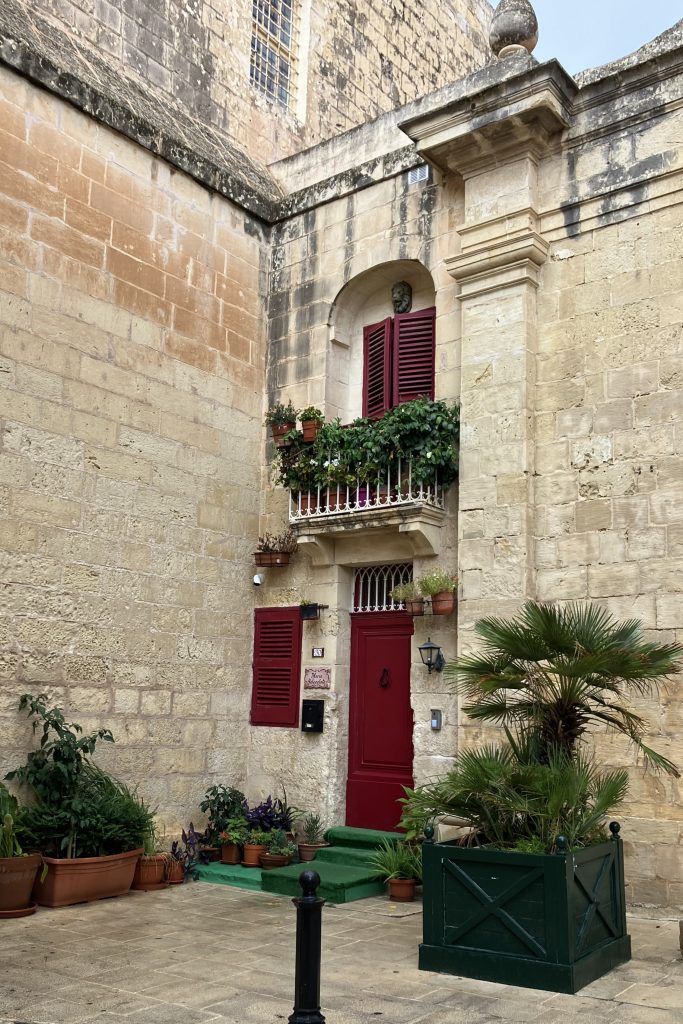

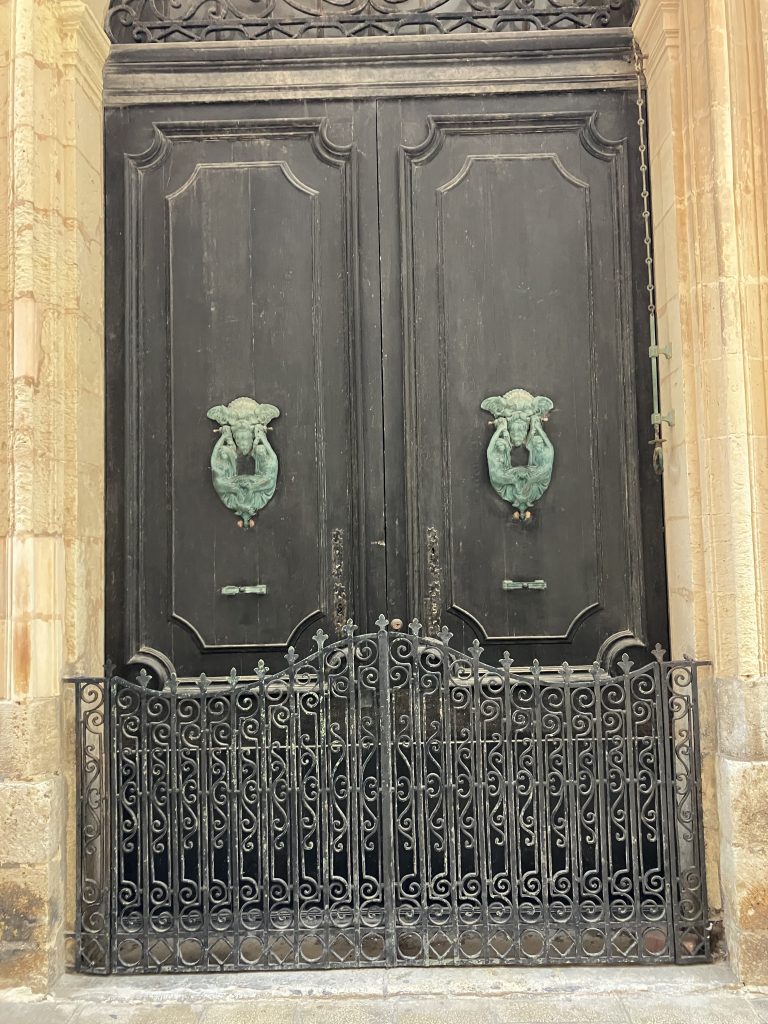
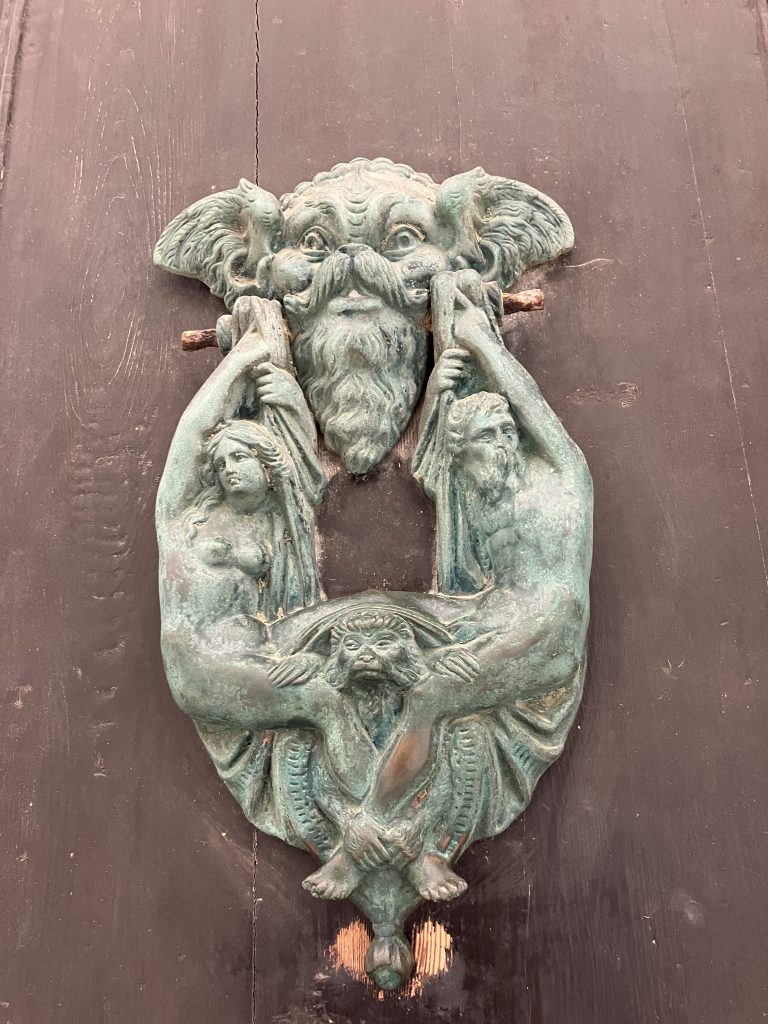
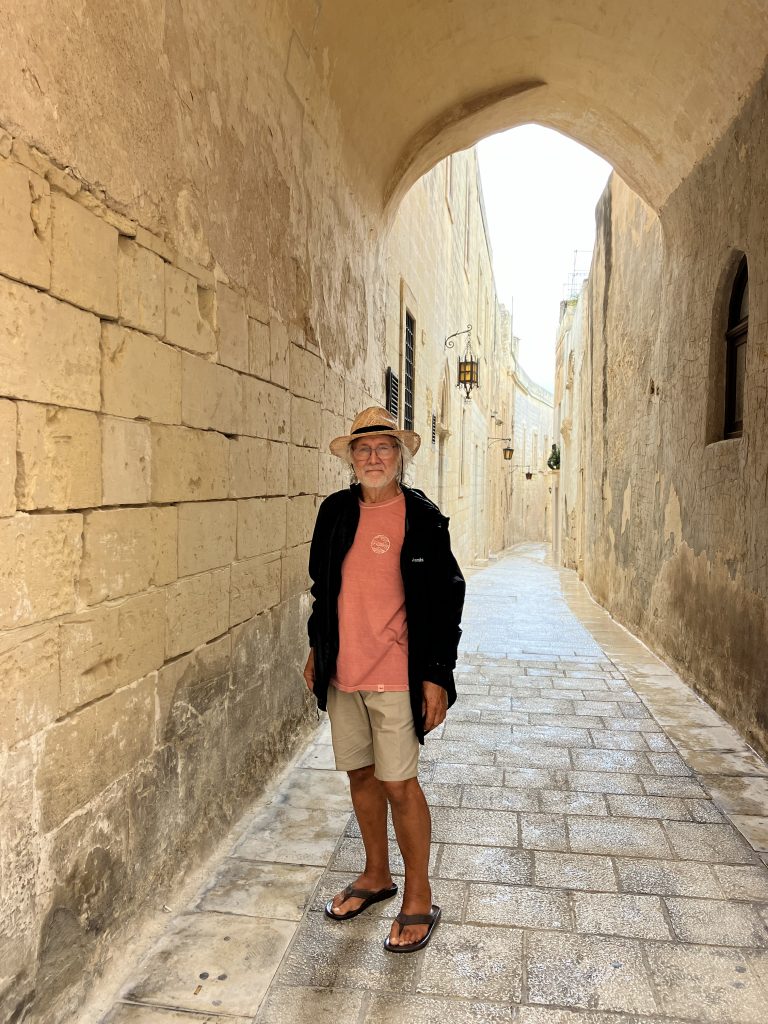
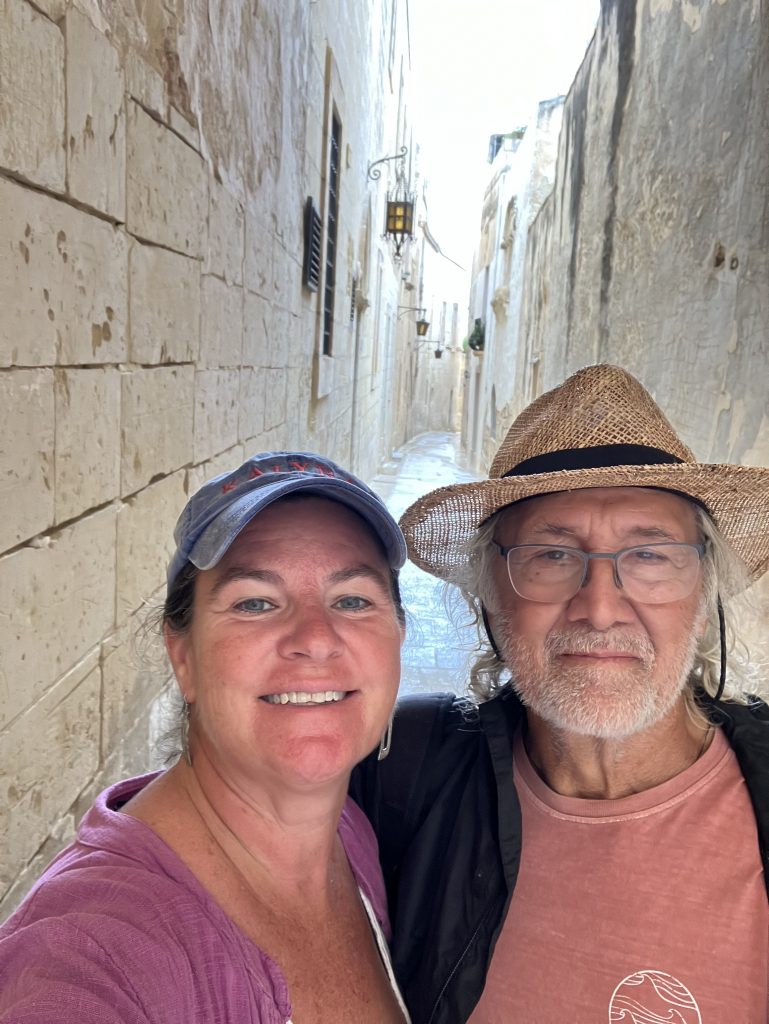
Recent Comments